- Home
- Destinations
- South Africa
- Kruger & Greater Kruger
Overview
Climate
The Kruger Park is dominated by a subtropical climate with hot and rainy summers and warm, dry winters. Plenty of sunshine makes for enjoyable visits all year around. Rain in the summer months (October to April) manifests as heavy downpours, while winter nights can be chilly.
Each season is unique, and offers something different. Most visitors prefer to visit during the winter months of May – August, for reasons such as pleasant day temperatures and colder nights. Vegetation is sparser, which makes viewing easier and animals are drawn to waterholes to drink, as surface water is scarce. Some prefer to visit during the summer months from August onwards. Summer rains transform the arid park into a lush flowering paradise and the smaller of several animal species can be seen.
Getting There
There are daily flights from the Johannesburg area to the smaller airports near the Kruger National Park. Flights can be chartered from Johannesburg to Eastgate Airport, Skukuza Airport, Phalaborwa Airport as well as Kruger / Mpumalanga International Airport (KMIA). Flights from other big regions like Cape Town and Durban have some restrictions in terms of flight schedules and landing options.
National roads to all 9 entrance gates are tarred and well-maintained. The most popular route is from Johannesburg via the N4. Access gates to the Kruger Park and camps are locked during the night, and it is important to consider this when planning your journey. We recommend you calculate for extra time during your journey to ensure you arrive before the closure of the gates (or after the opening in the morning). Times vary from gate-to-gate and also from season-to-season.
Ideal Destination For
- Adventure
- Bucket List
- Culture
- Food & Wine
- Romance
- Safari
- Solo Travel
- Special Interest
- Wellness
Points of Interest
- Conservation Efforts
-
While the Big Five animals can be considered to be the biggest drawing card, the Kruger National Park should be appreciated for its efforts in promoting the preservation of distinctive and intricate natural areas. A variety of different ecosystems host creatures on all levels of the food chain. Since the park’s inauguration, conservation was the mission, and it still is. The park is responsible for implementing policies that will honour legislation pertaining to biodiversity and wilderness conservation. It is a task that requires a high level of integrity – the result is something that is of interest of all its visitors.
- Panorama Route
-
To the west of the Kruger Park lies the mountainous escarpment of the Mpumalanga highlands, generous in scenic landmarks and charming historic towns. Attractions such as the dramatic Blyde River Canyon – the third largest canyon in the world, God’s Window, Three Rondavels, Bourke’s Luck Potholes and the Mac Mac Falls, to name but a view, are all significant sights. The higher-lying attractions offer endless views of the vistas of the grasslands of the Lowveld.



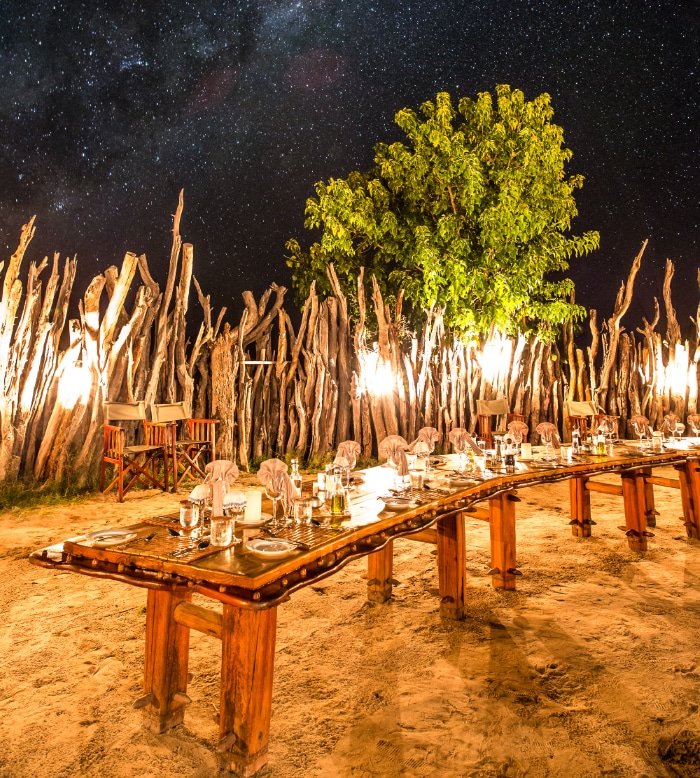
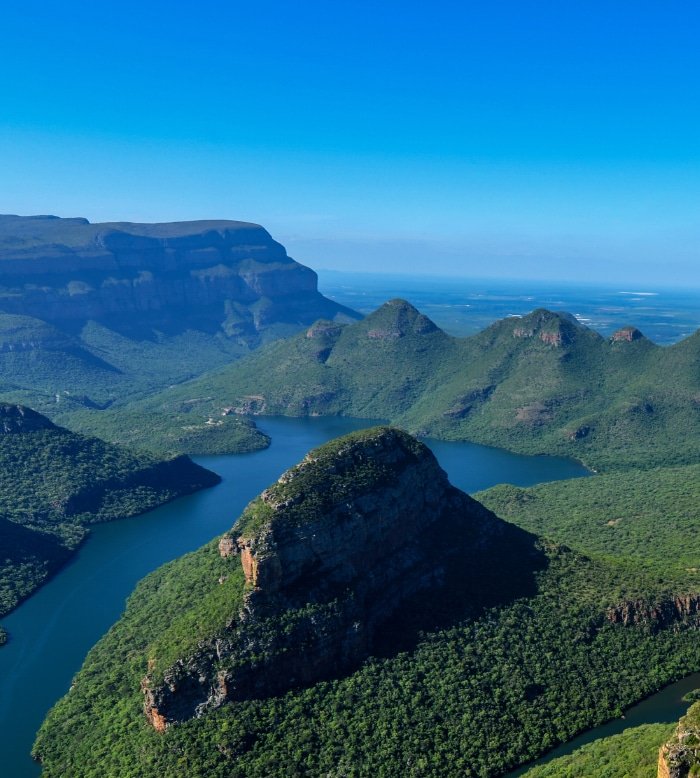
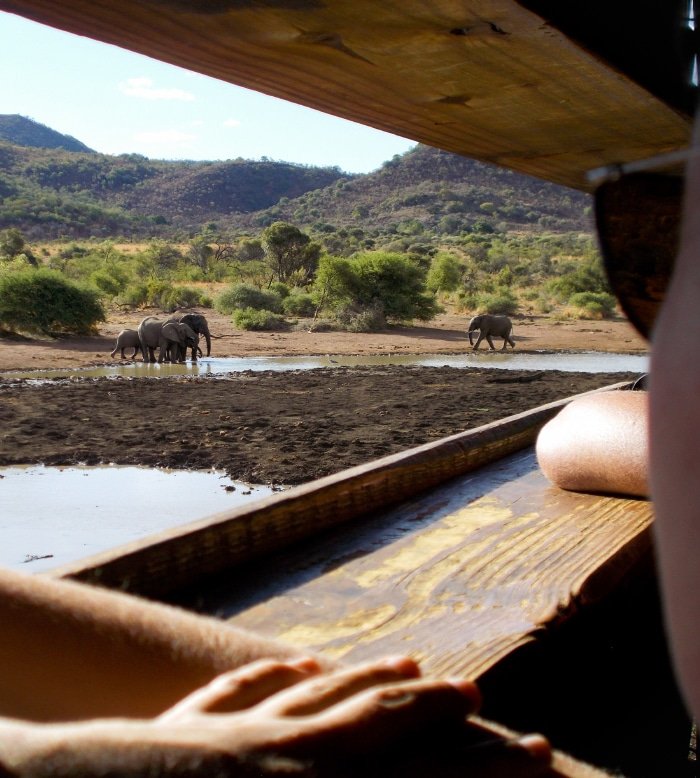
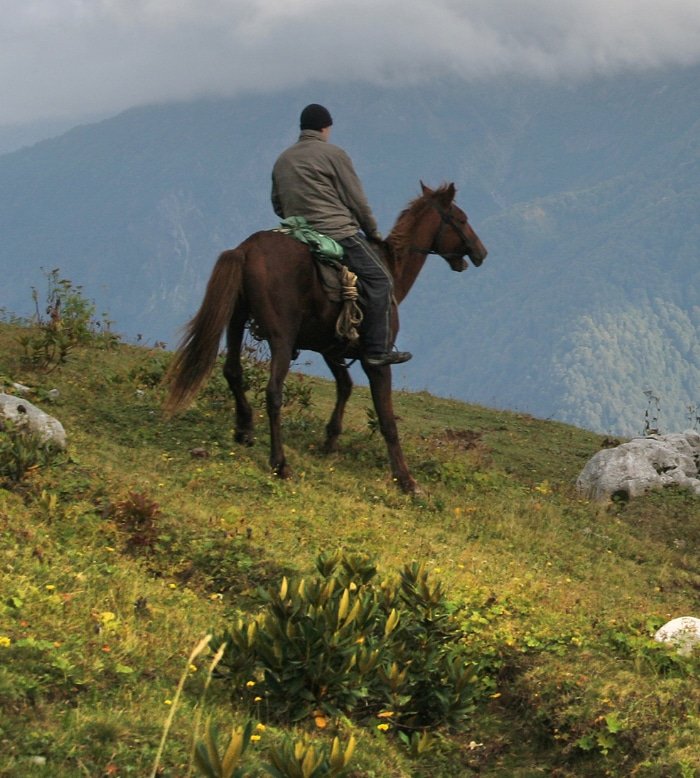
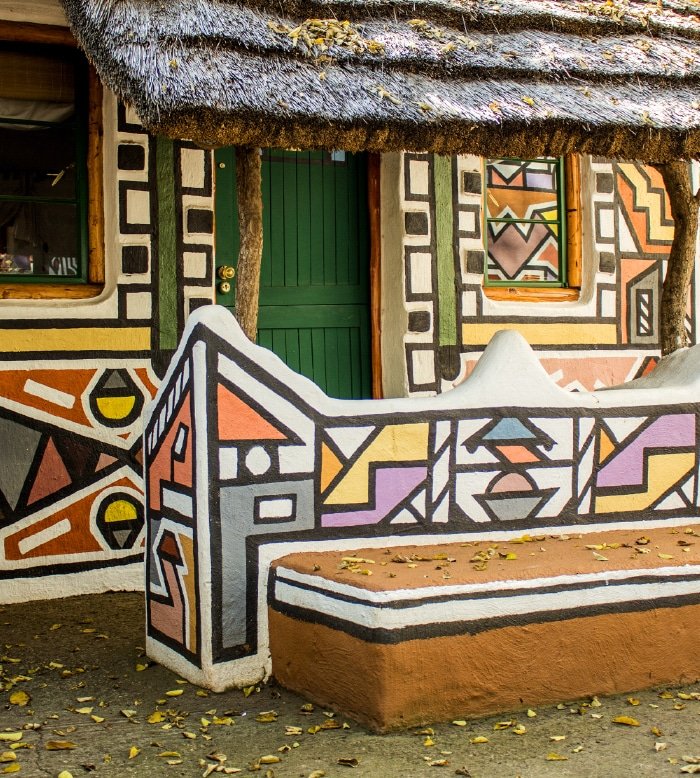
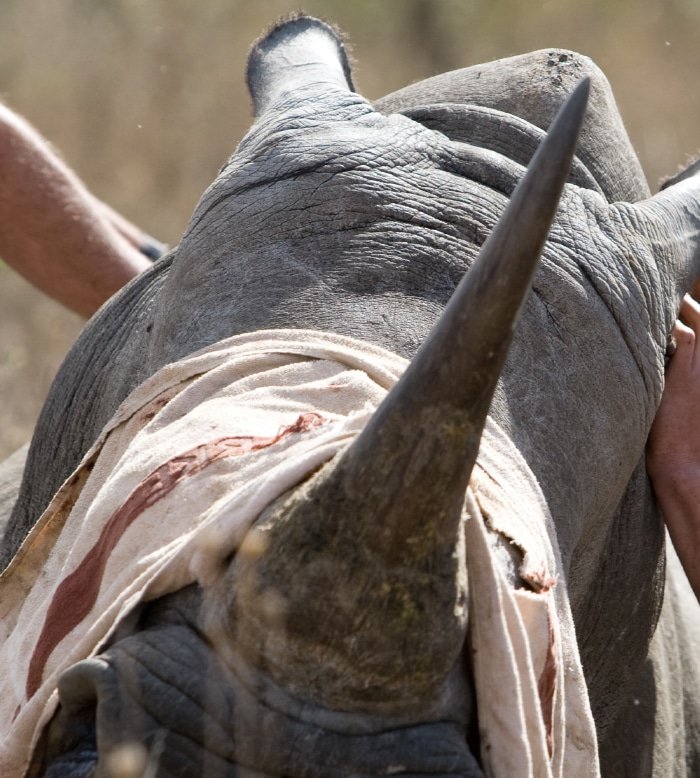
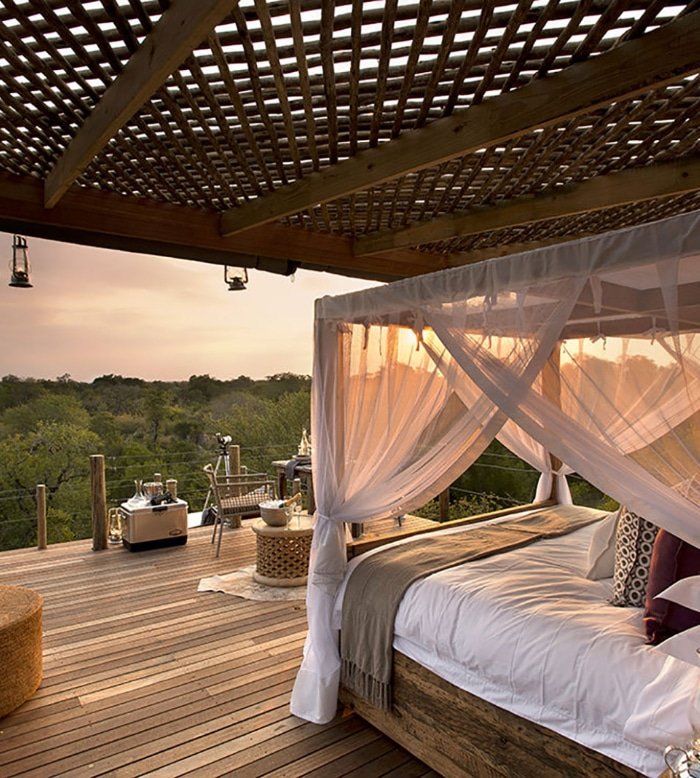
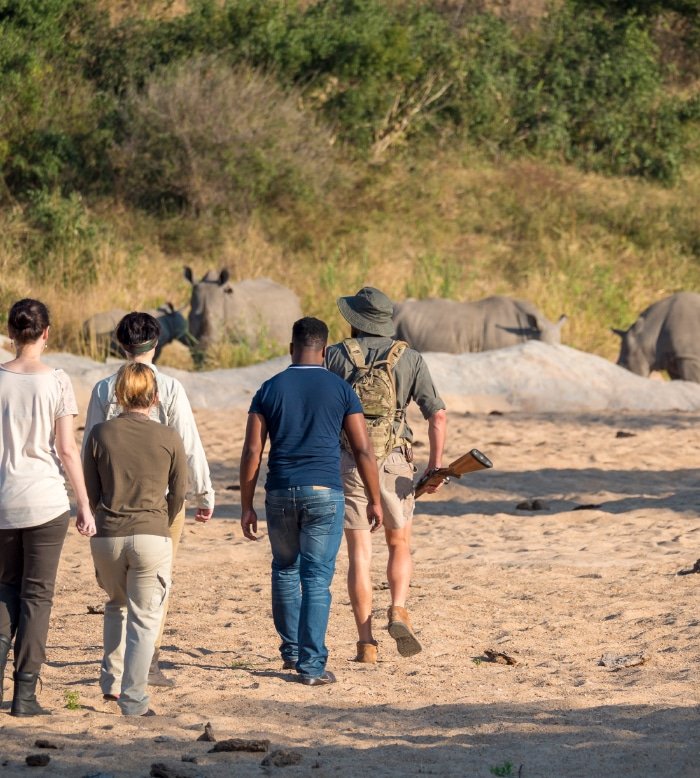
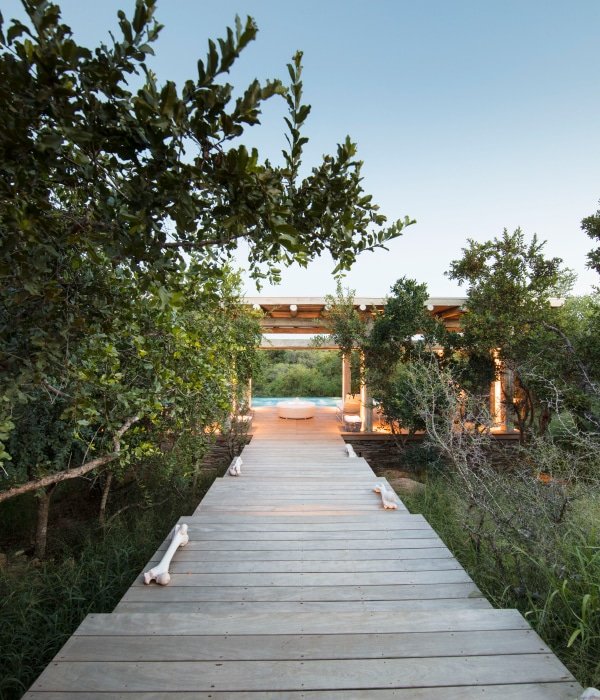
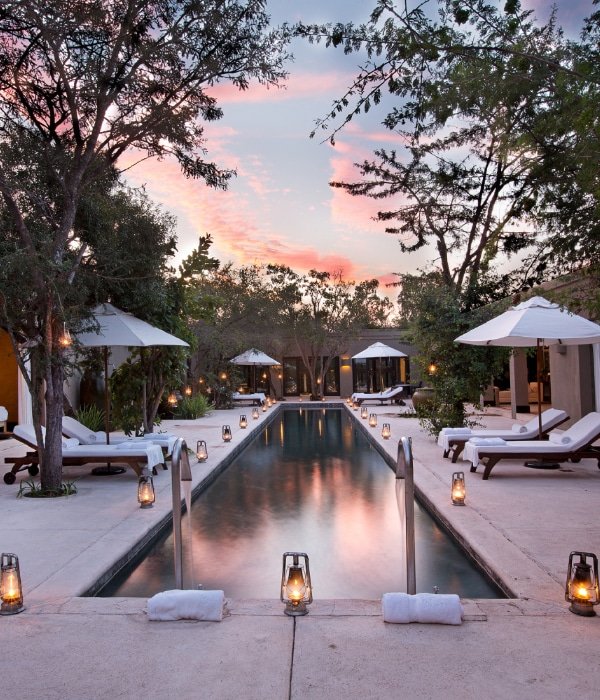
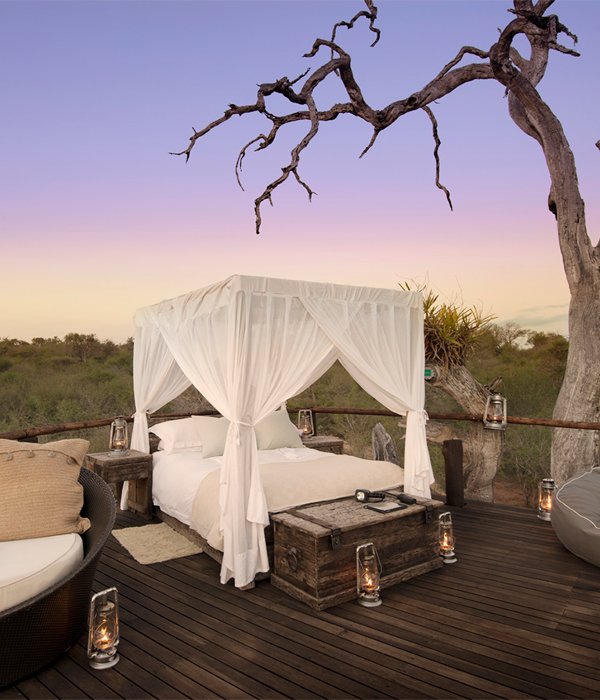
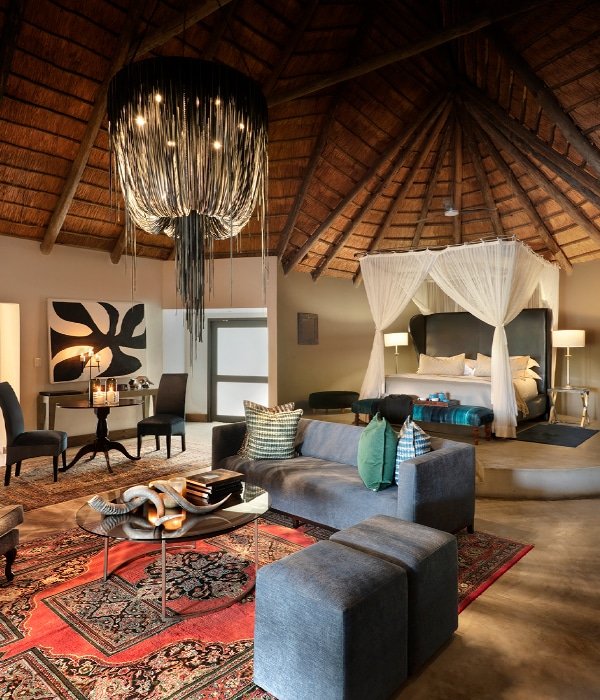
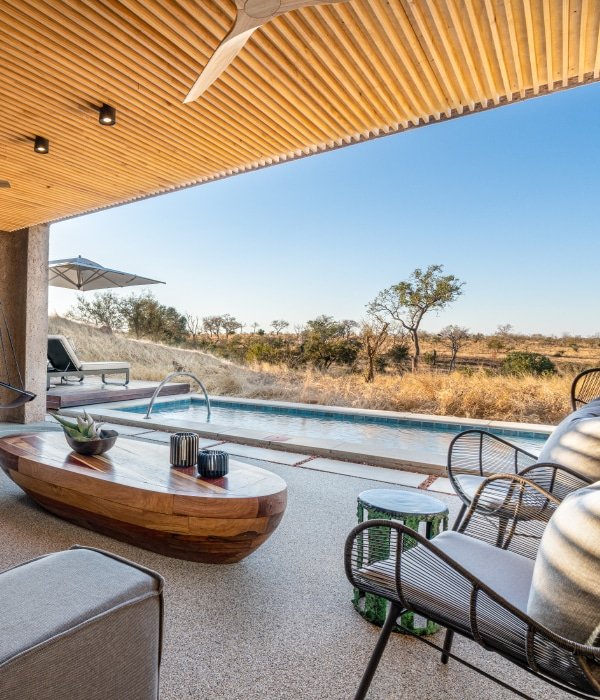
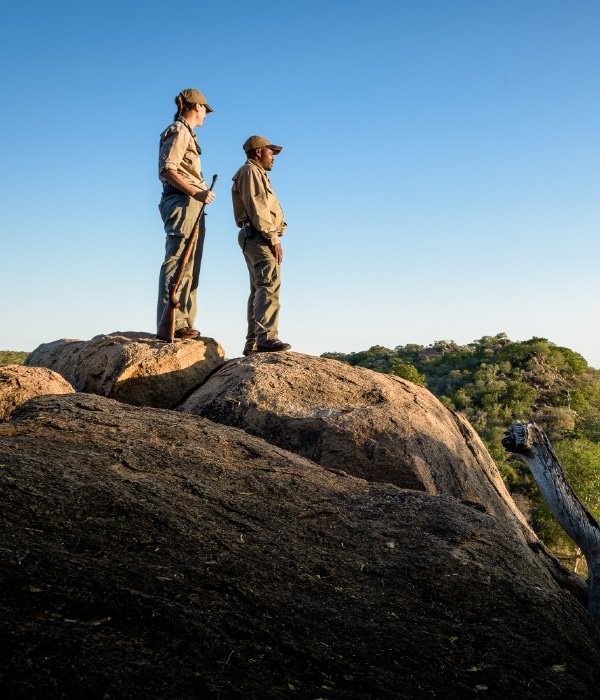
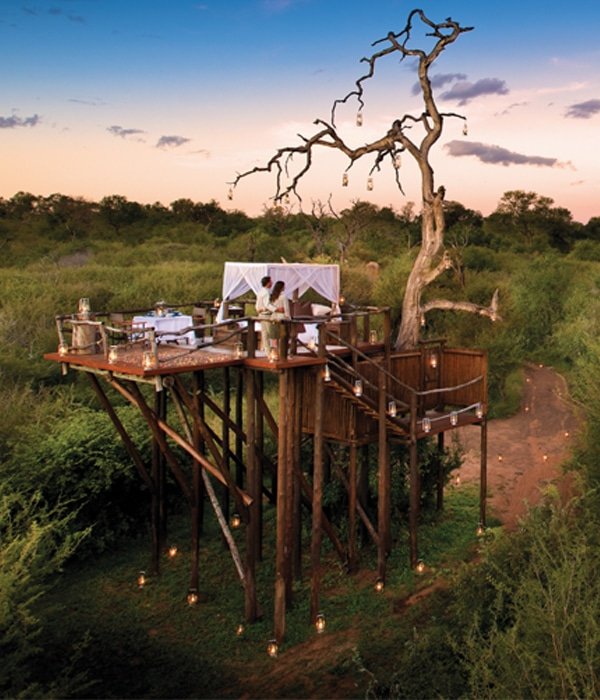
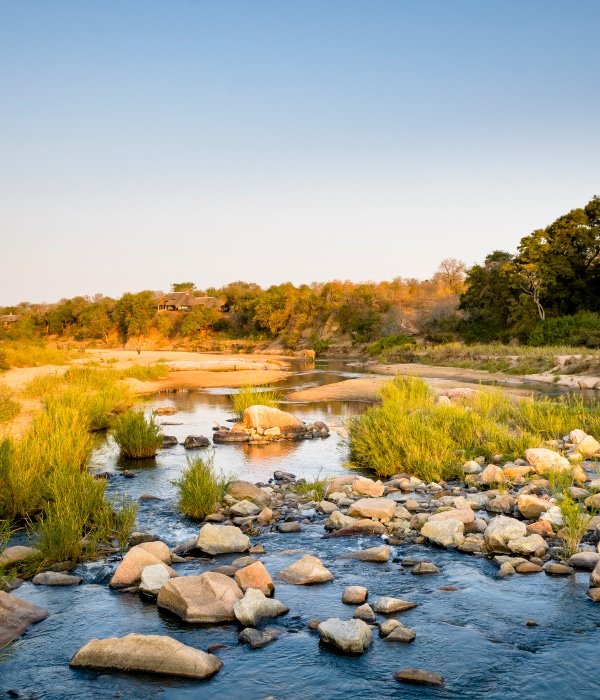
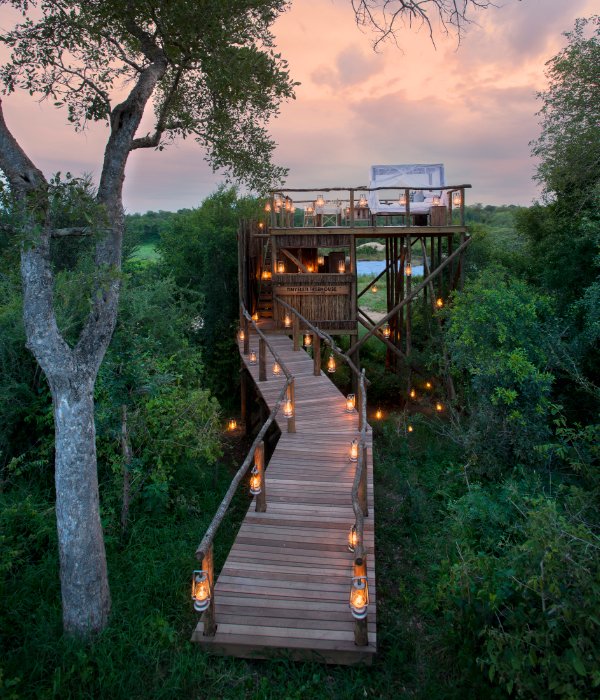
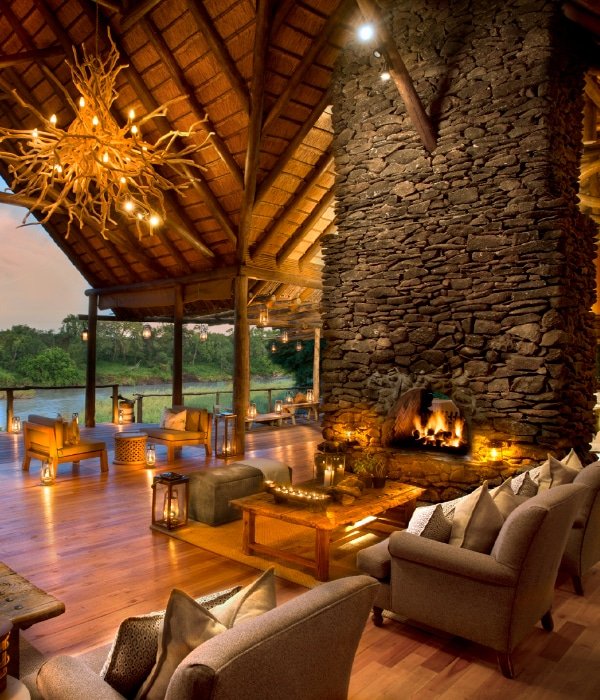
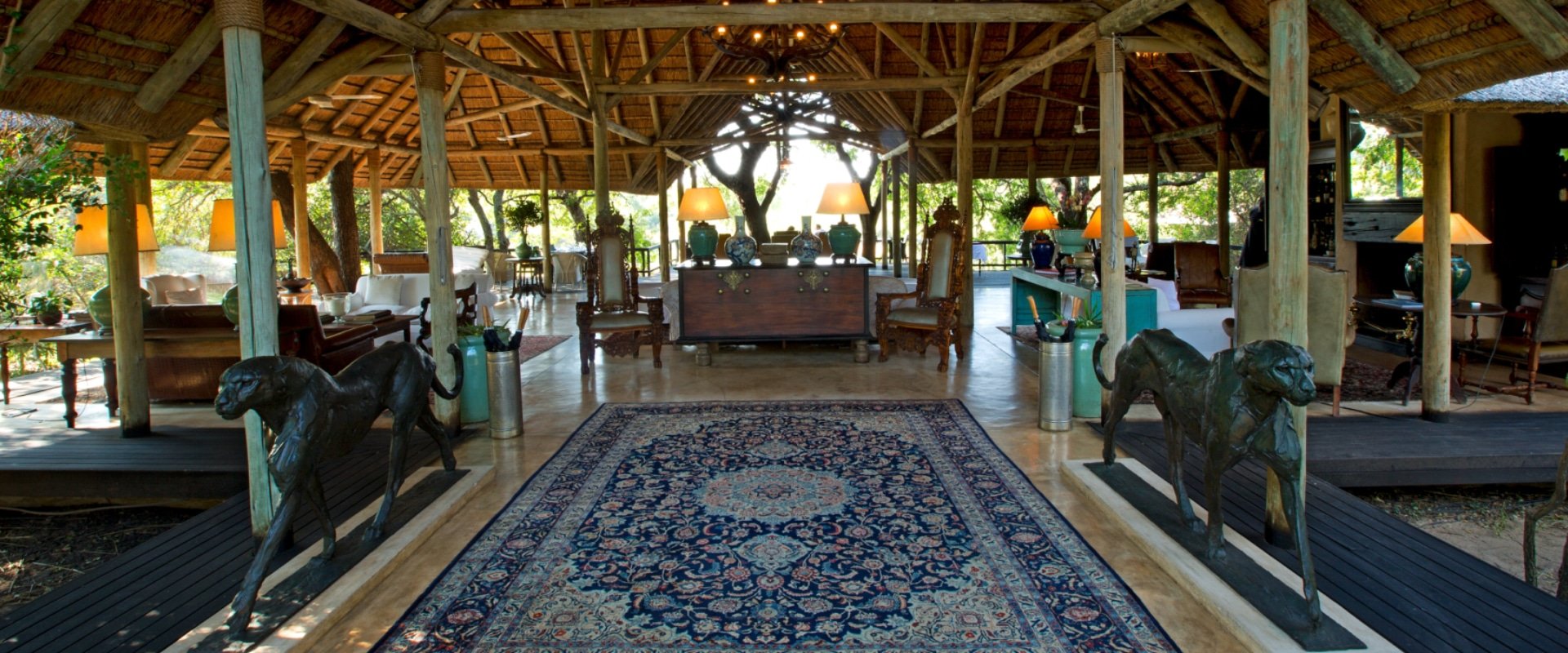
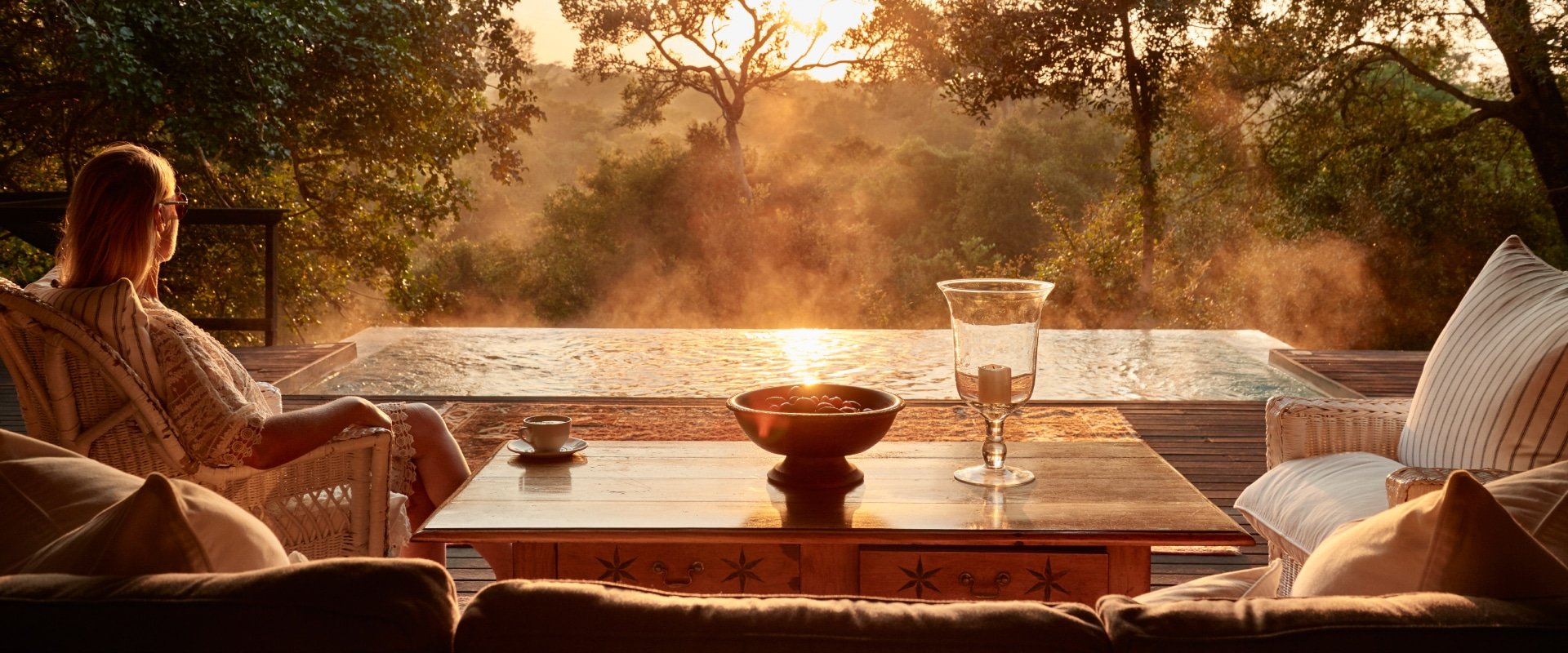



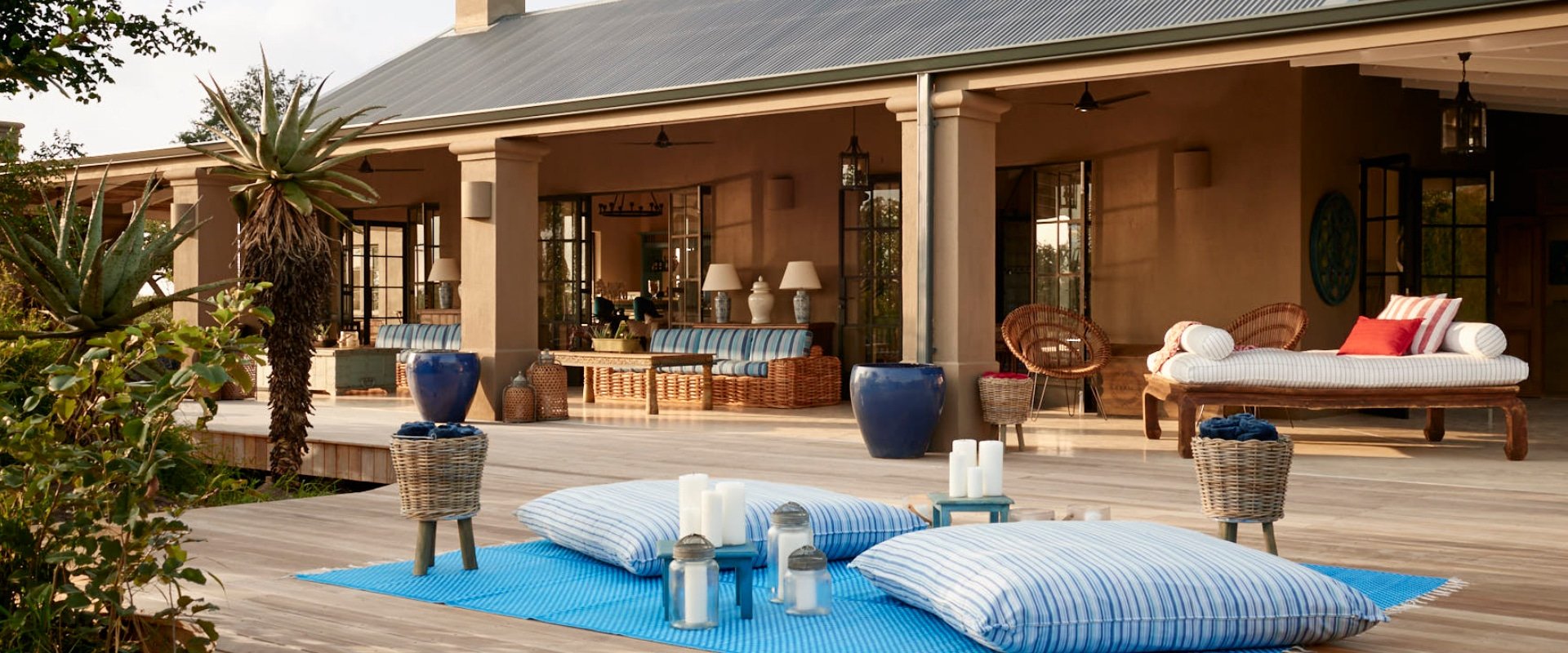
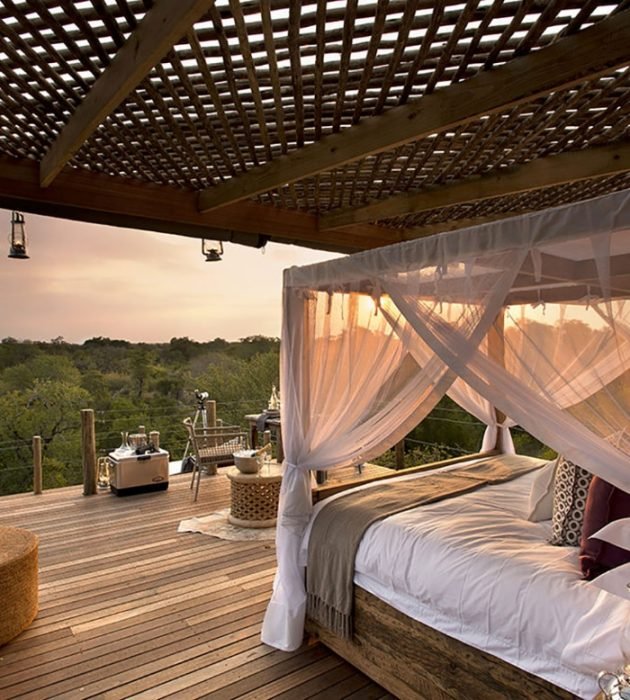
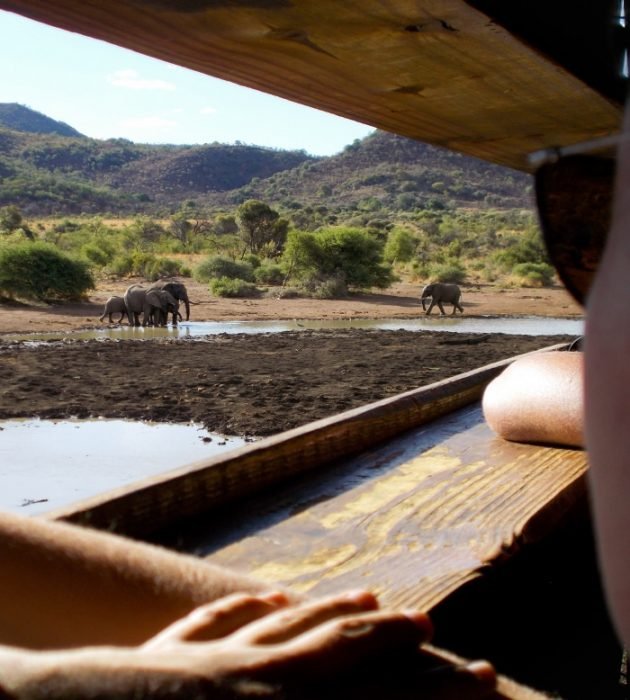
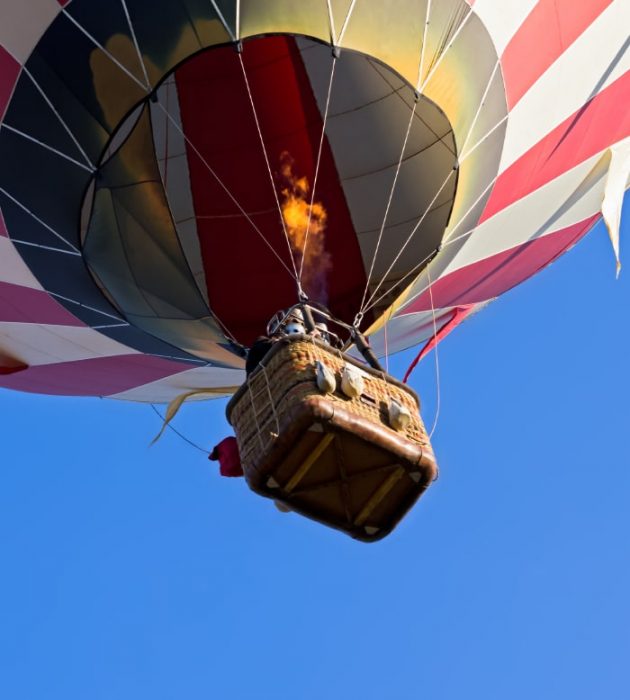
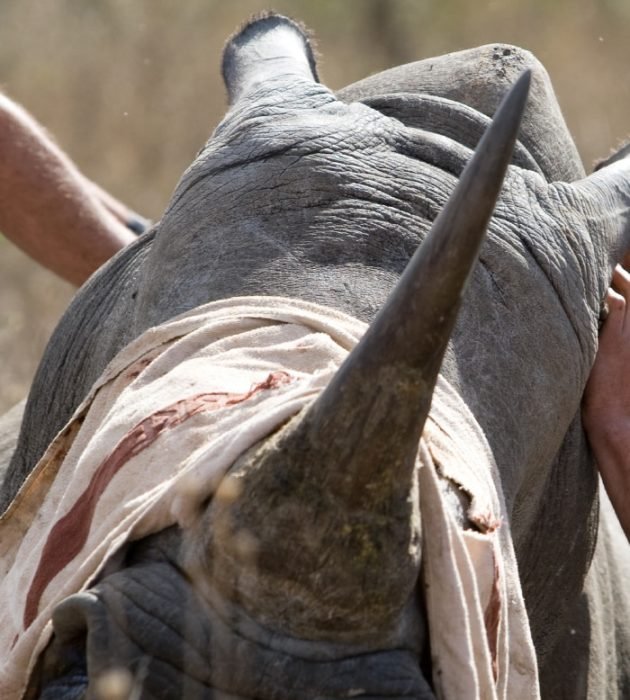
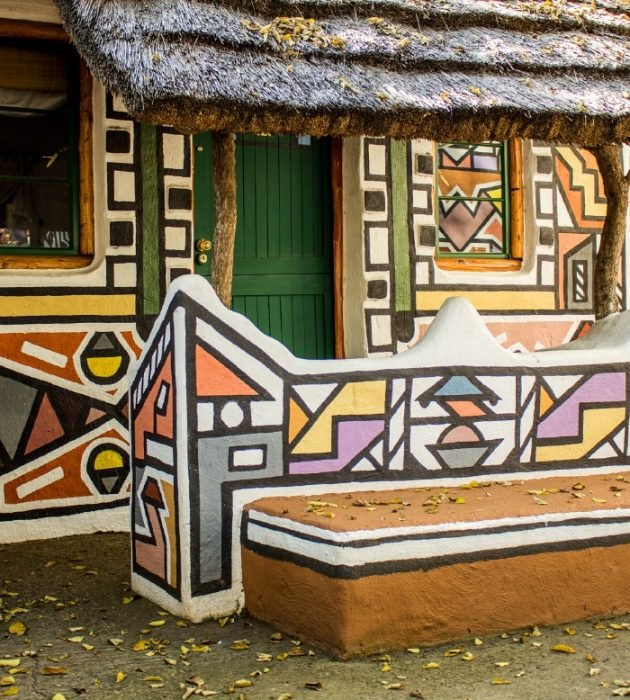

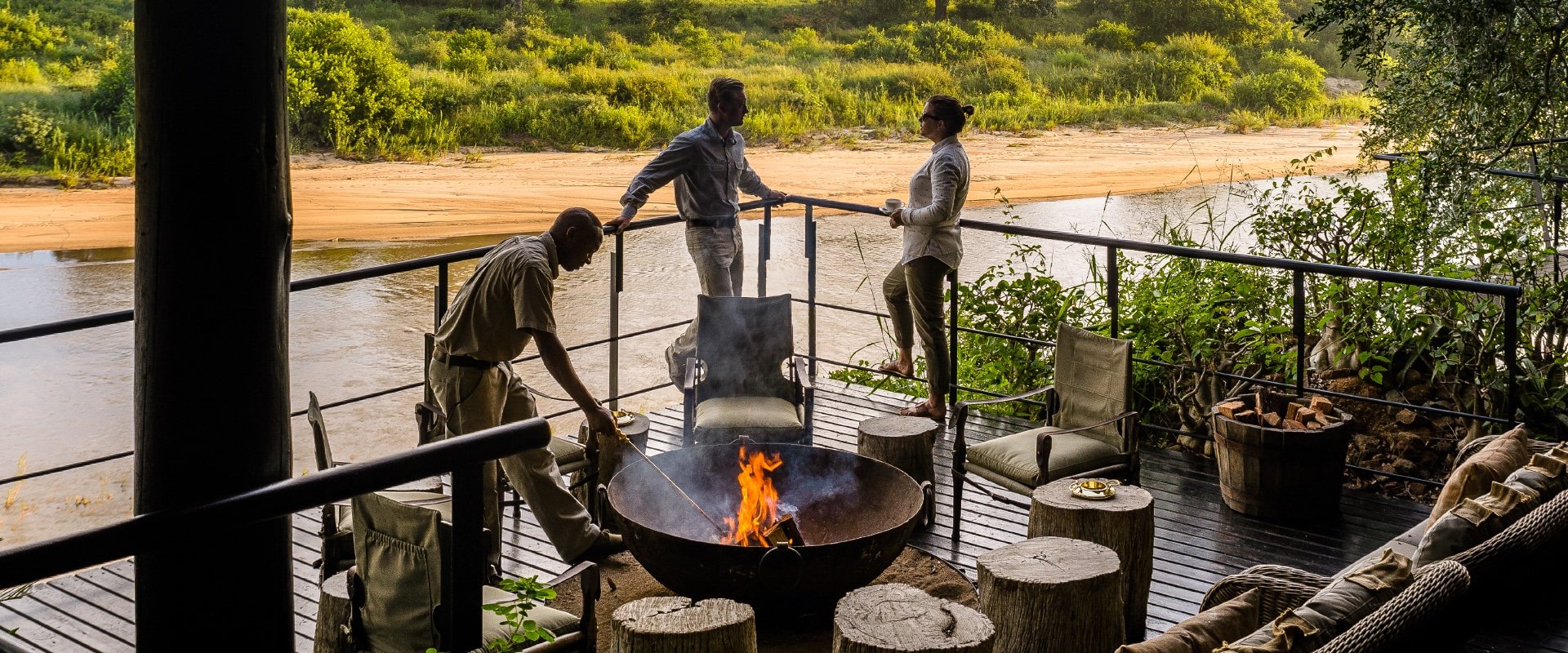
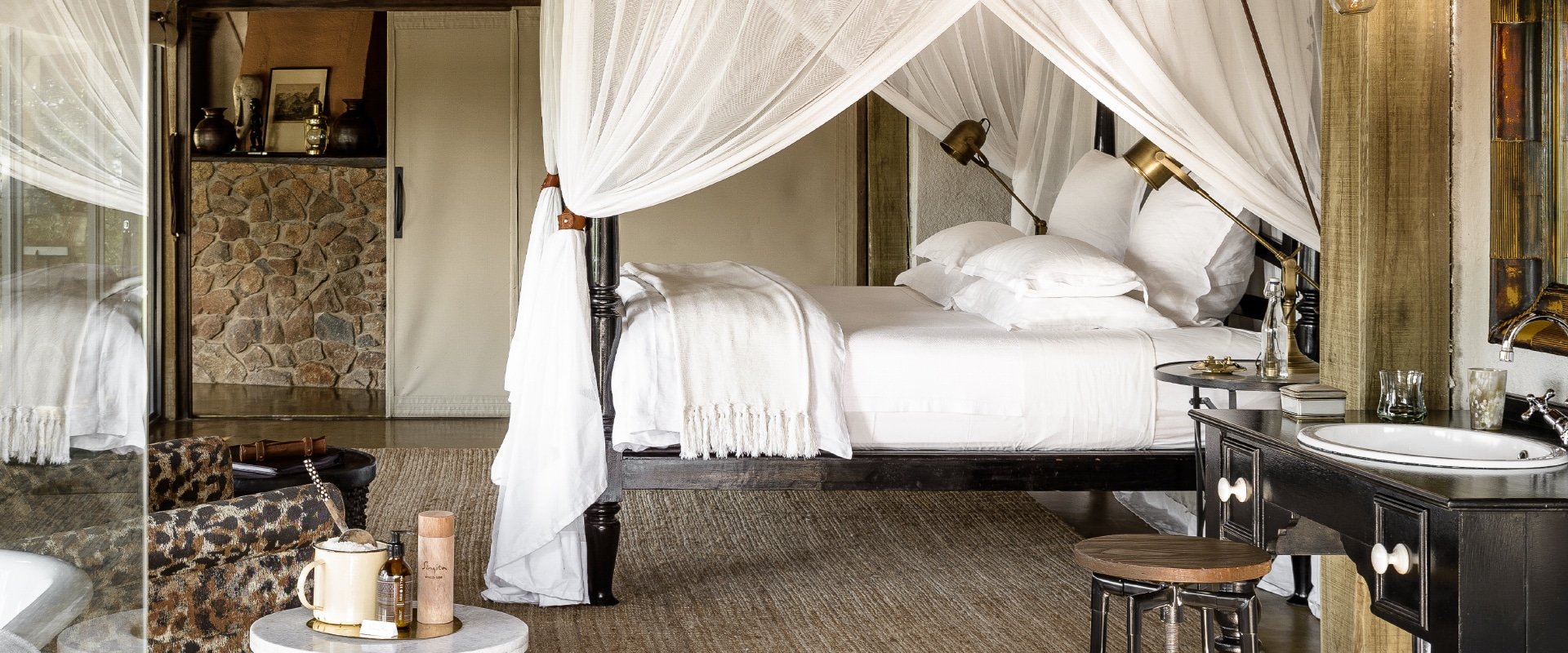

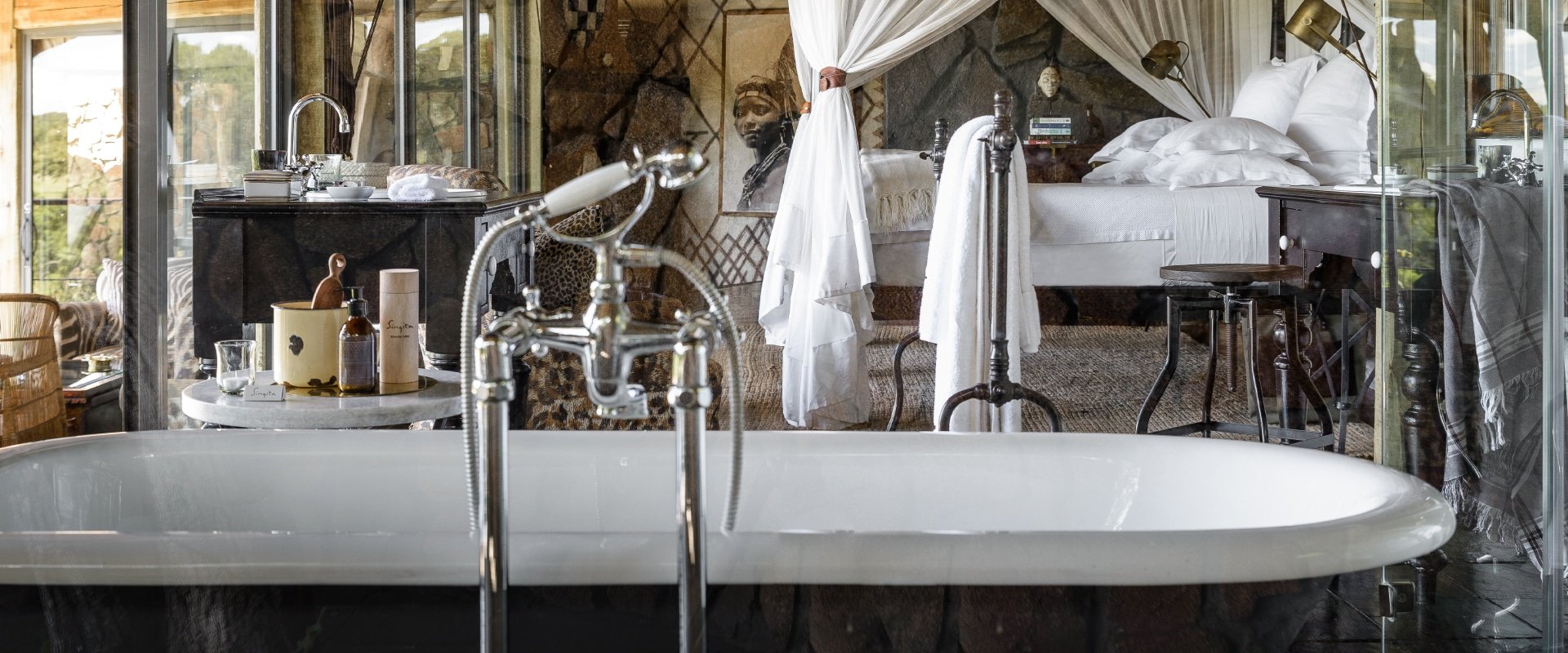
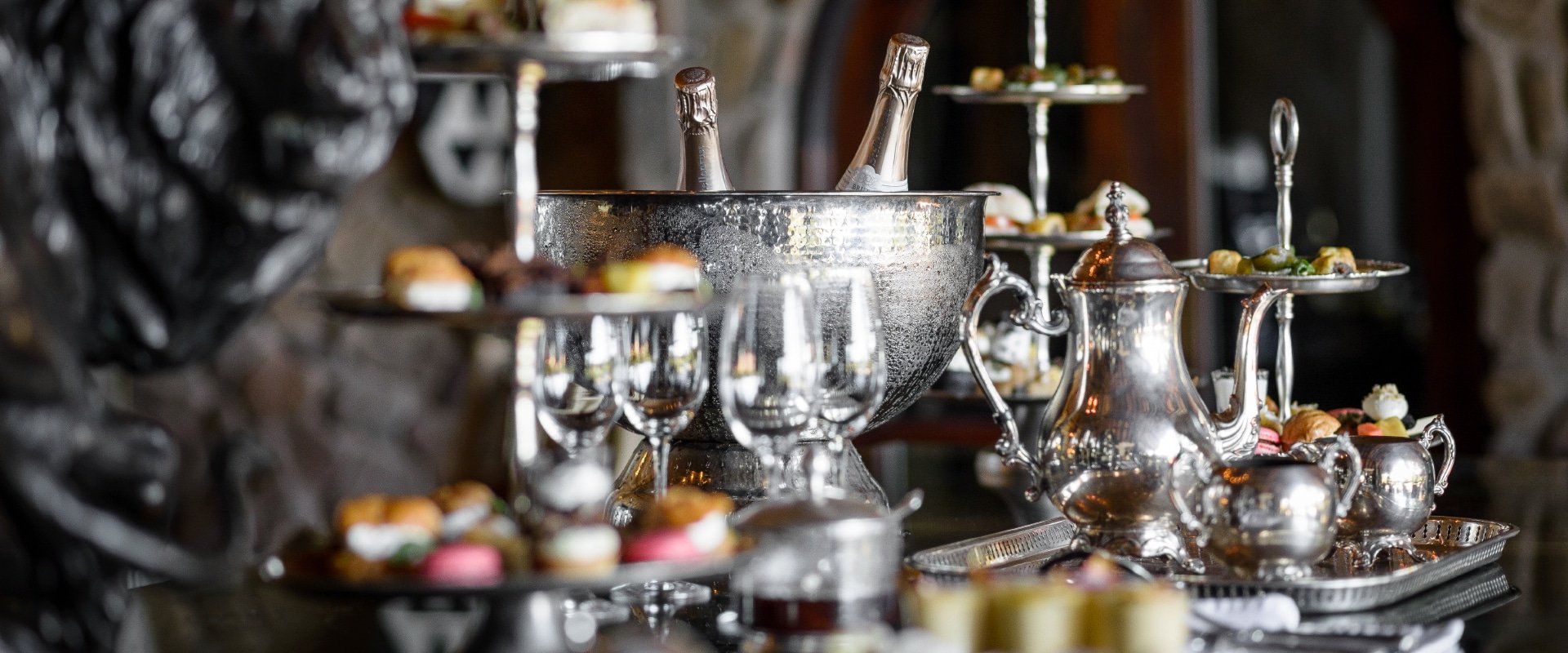
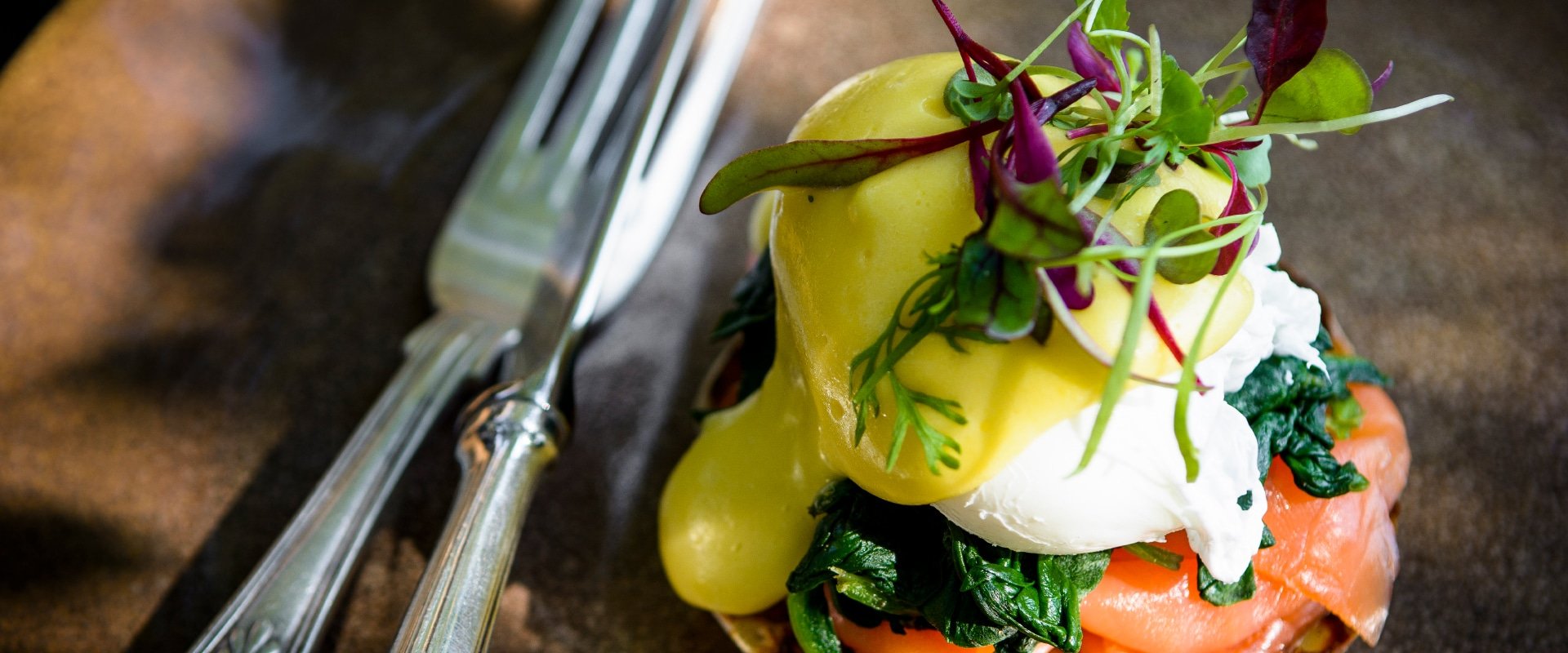
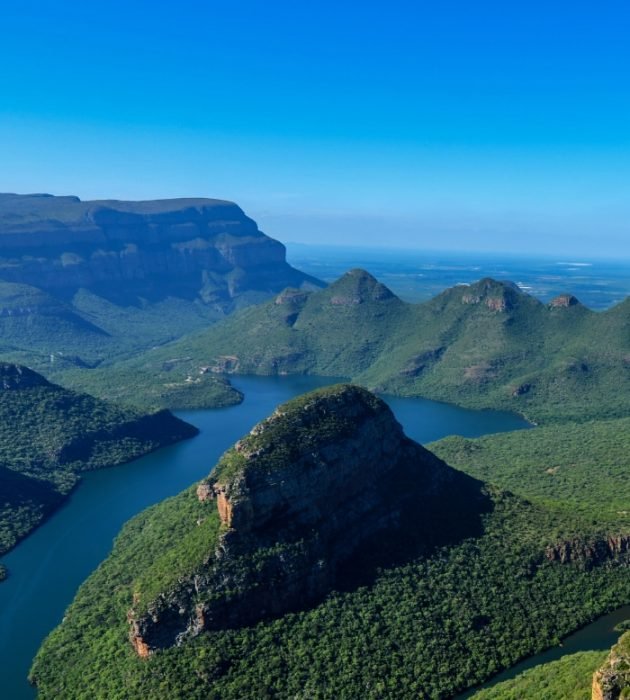
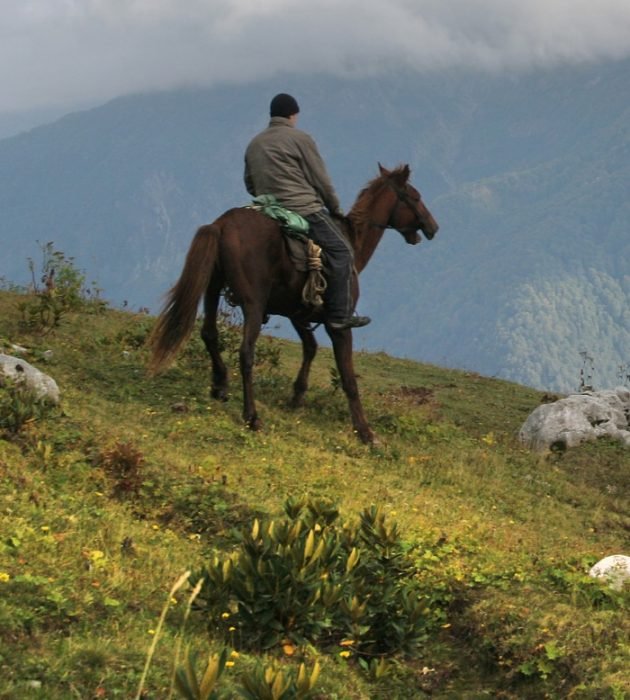
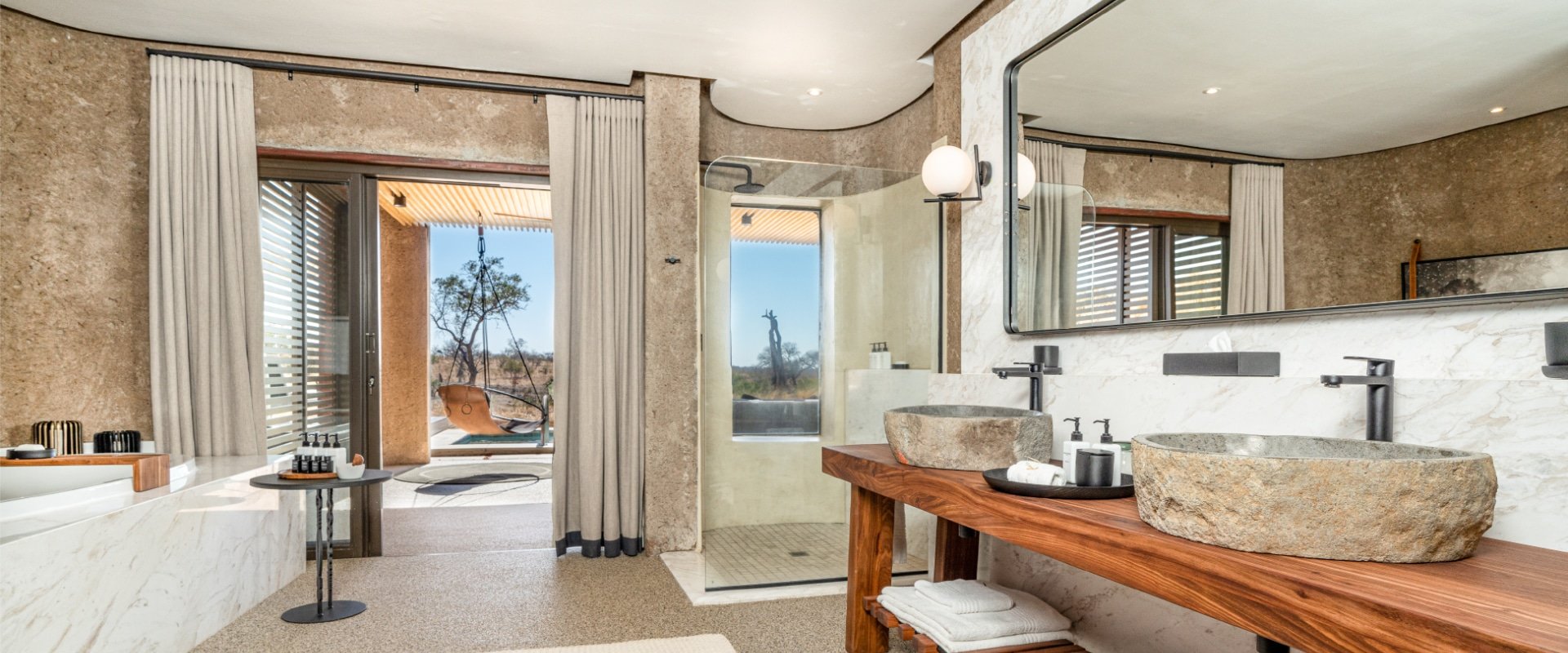
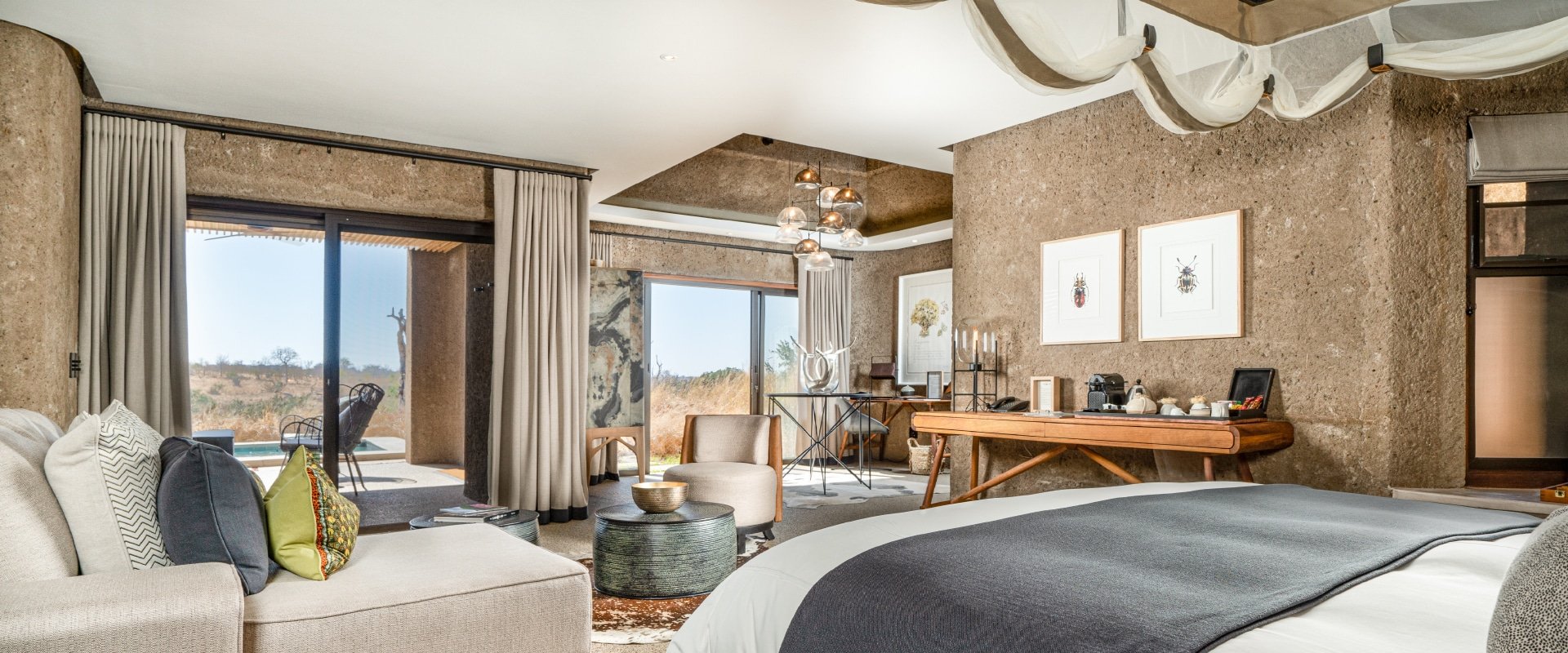
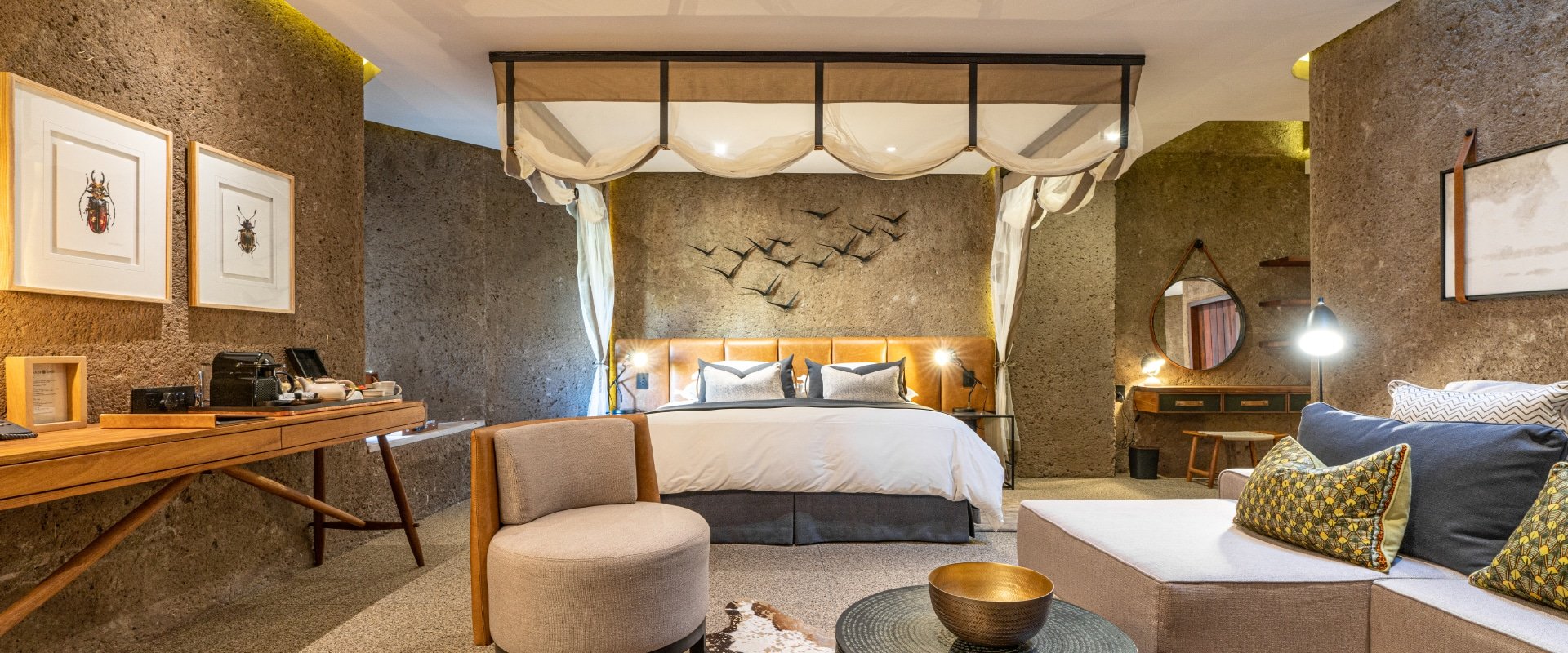
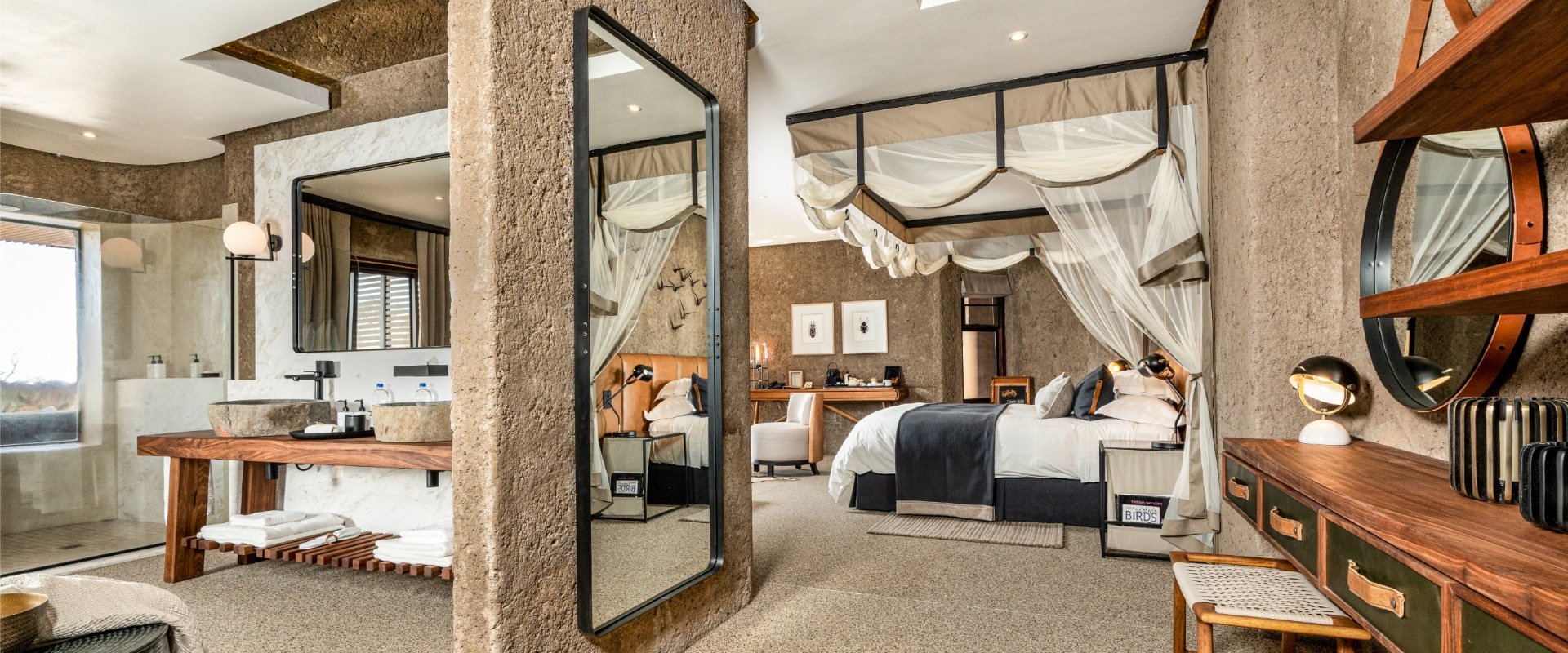

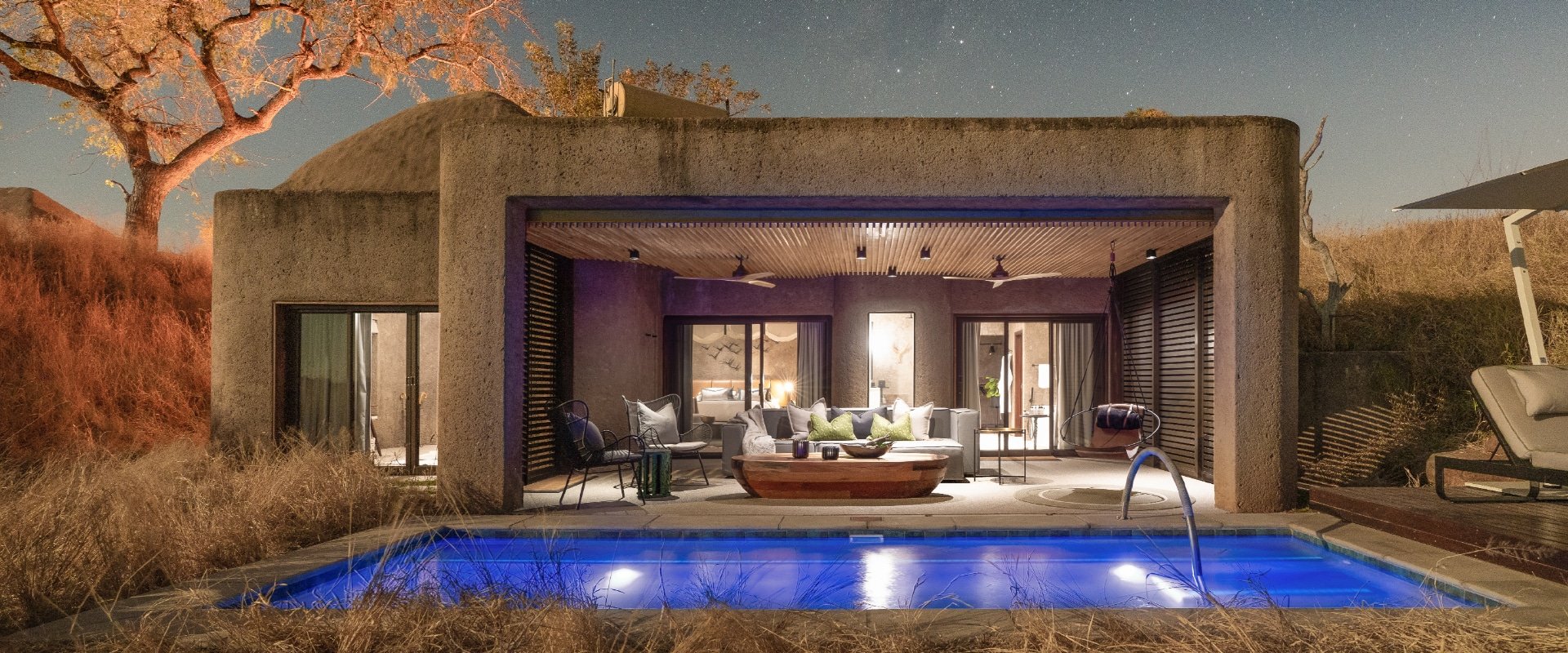
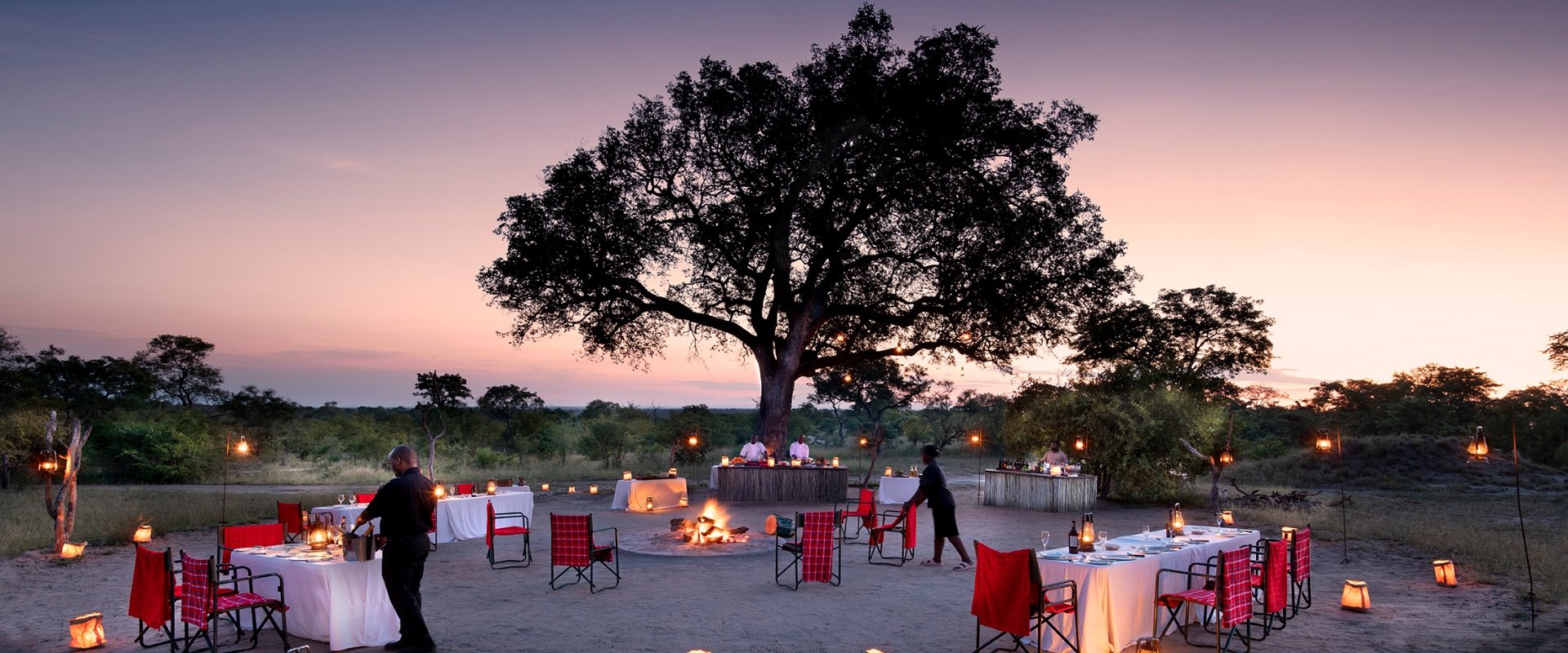
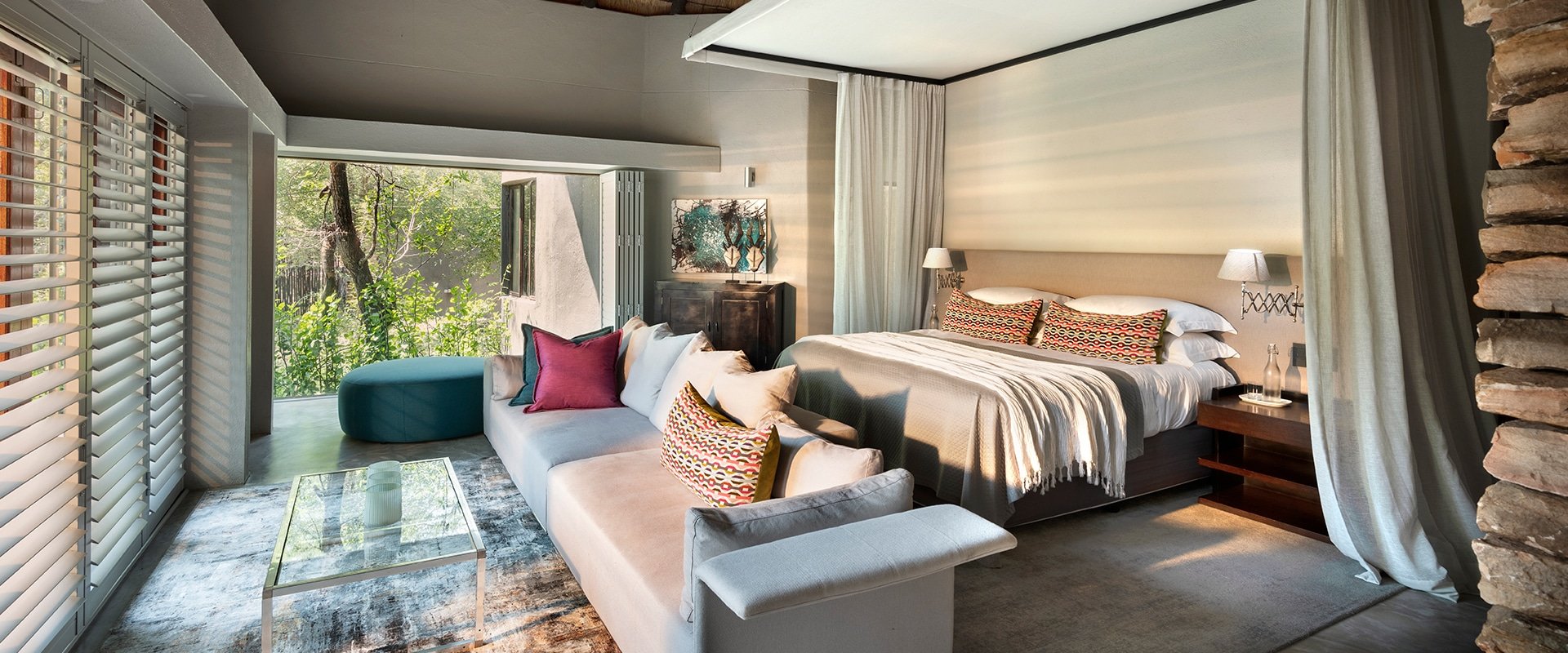
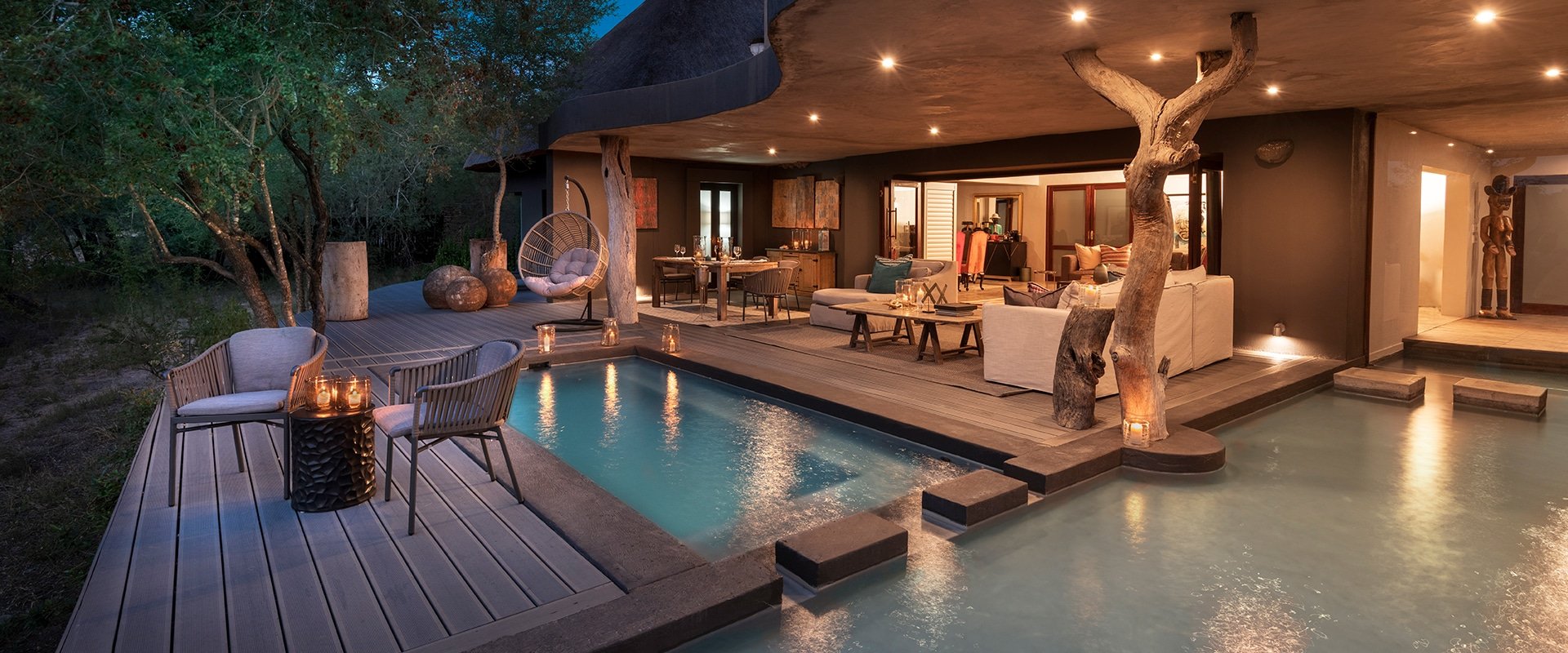
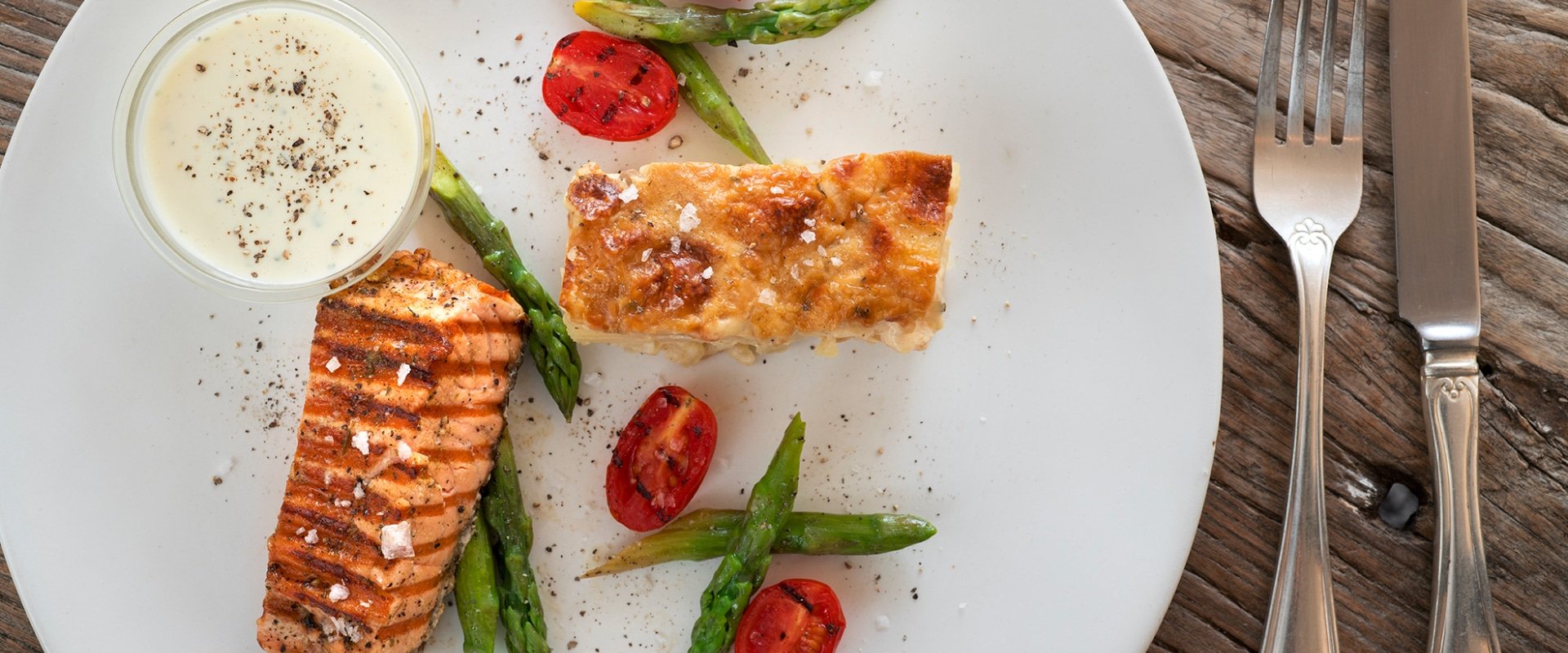

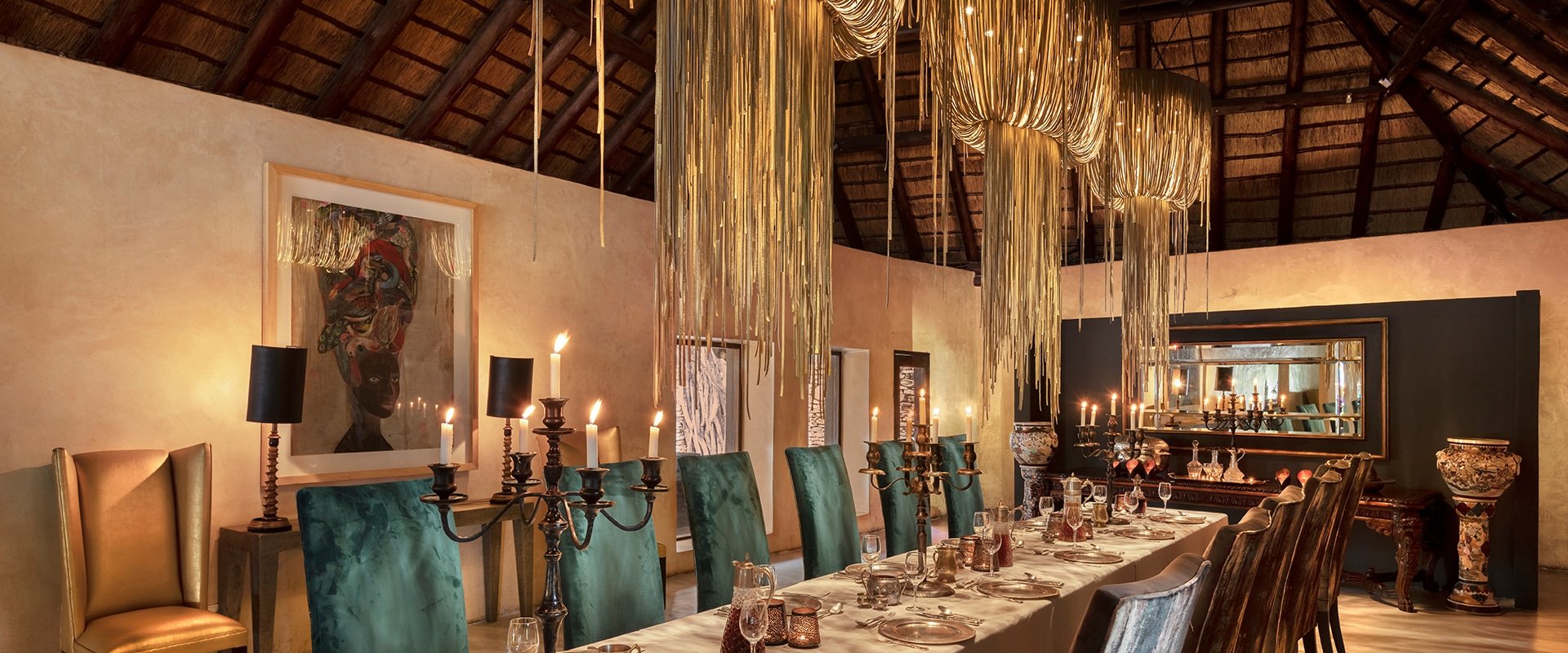
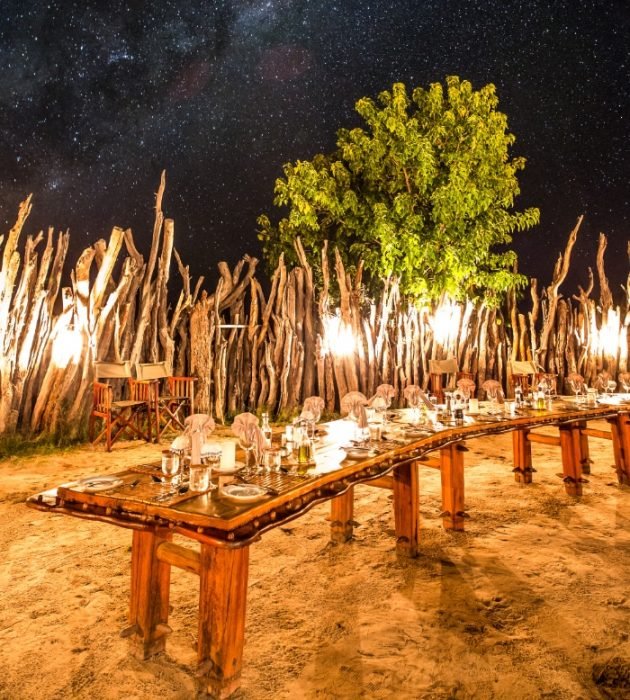
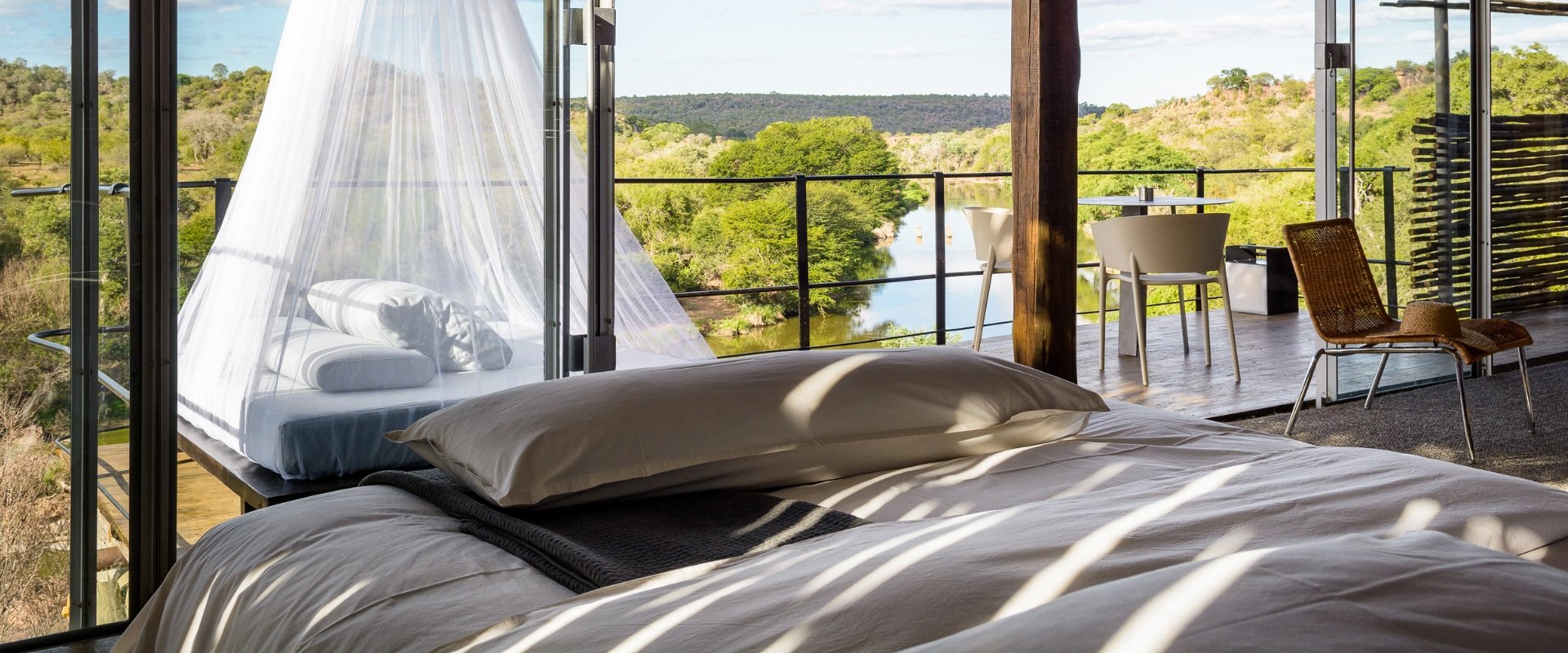
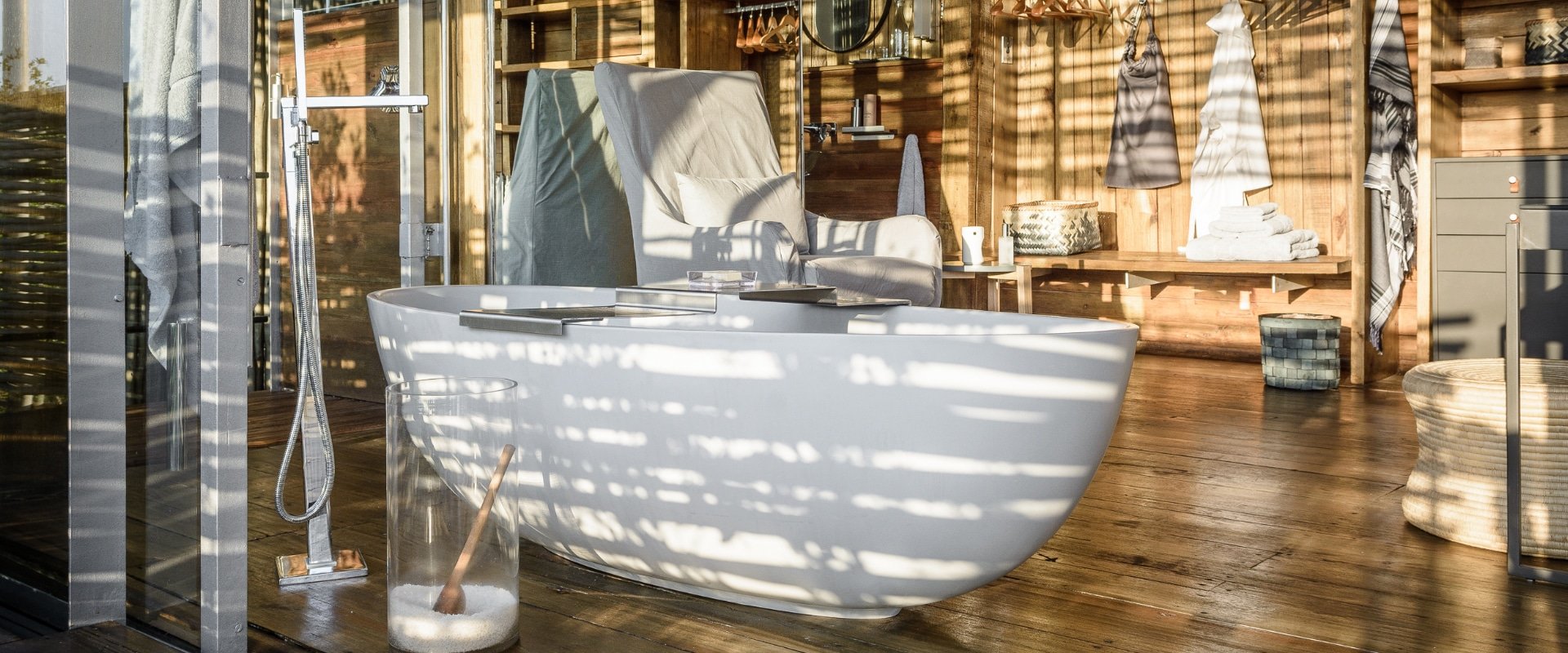

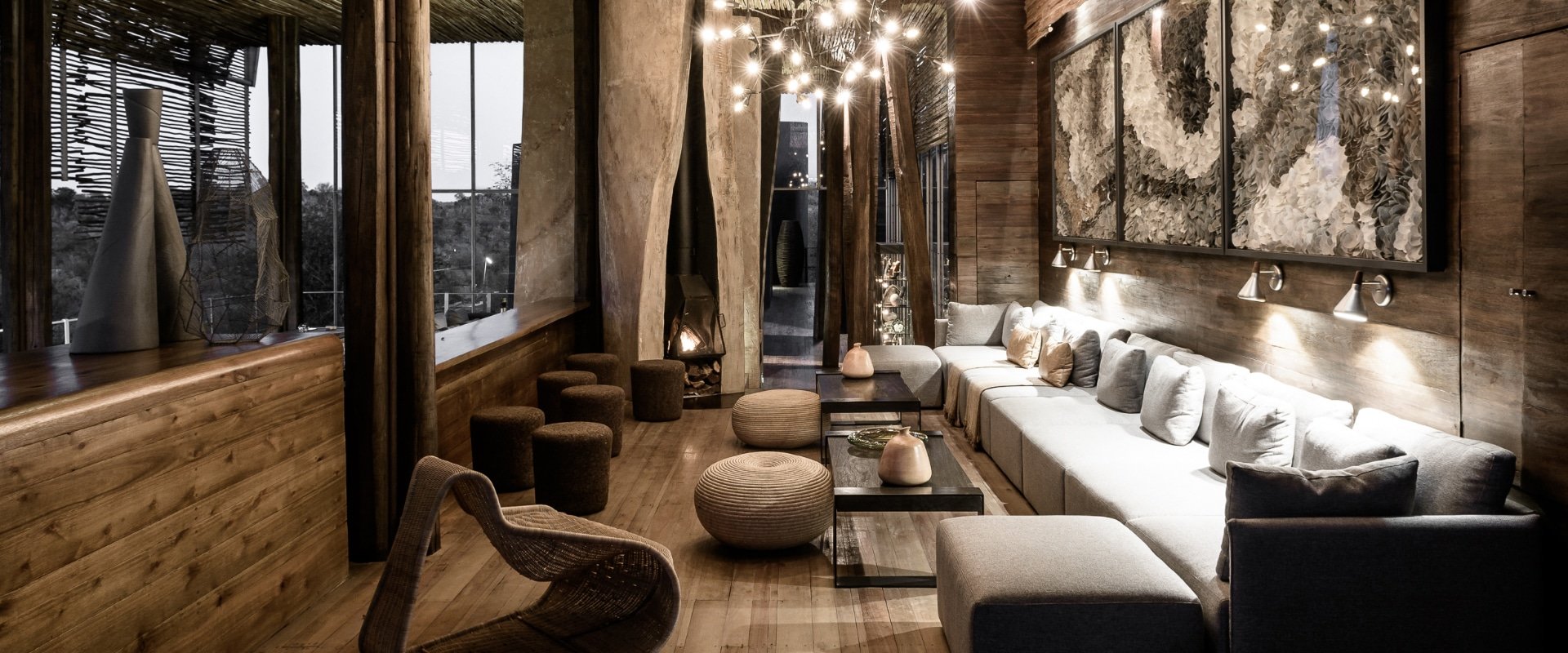
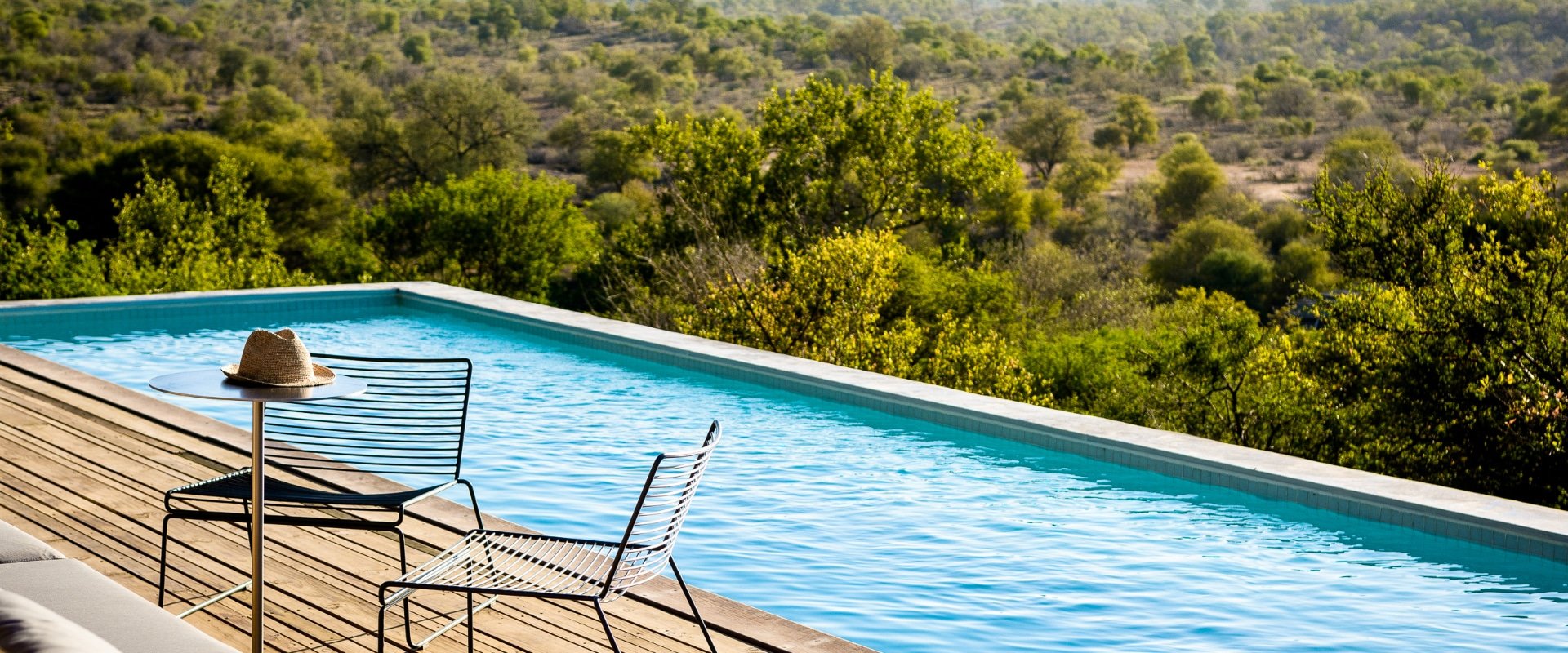
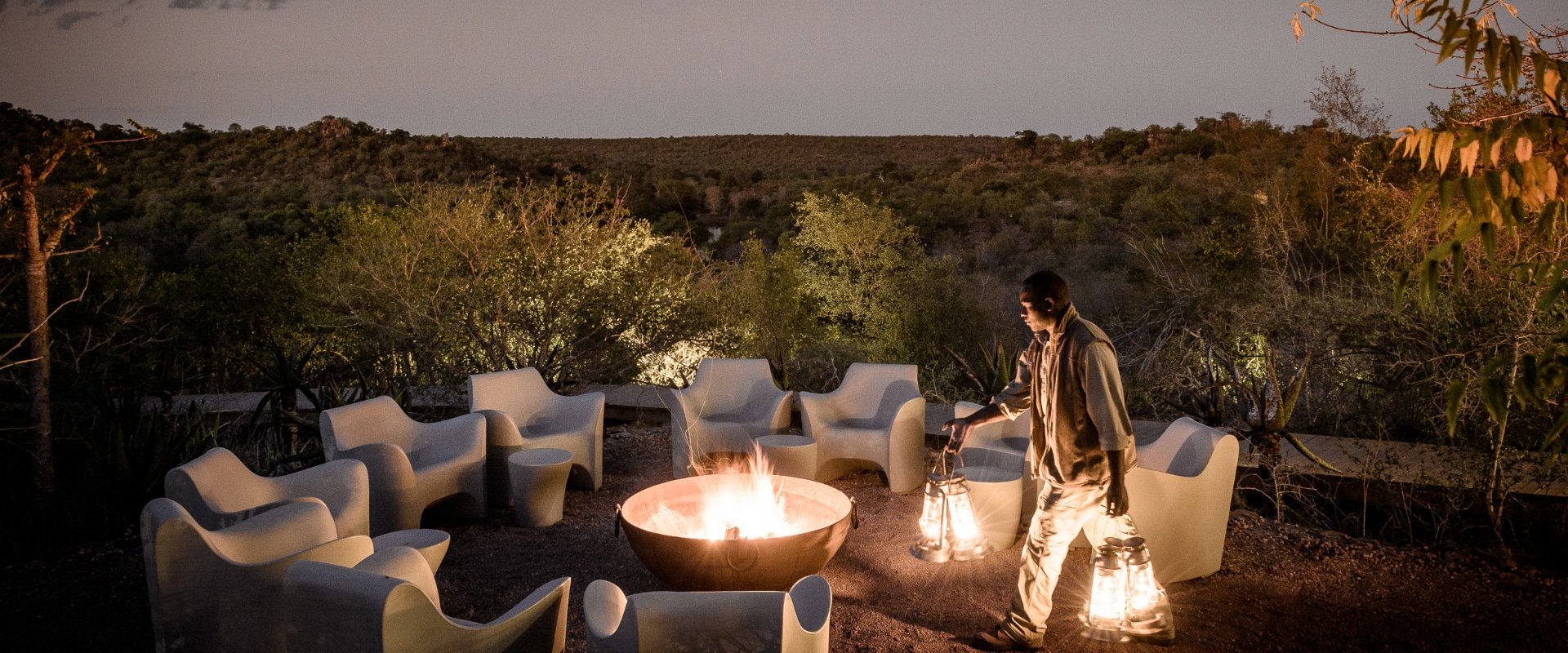
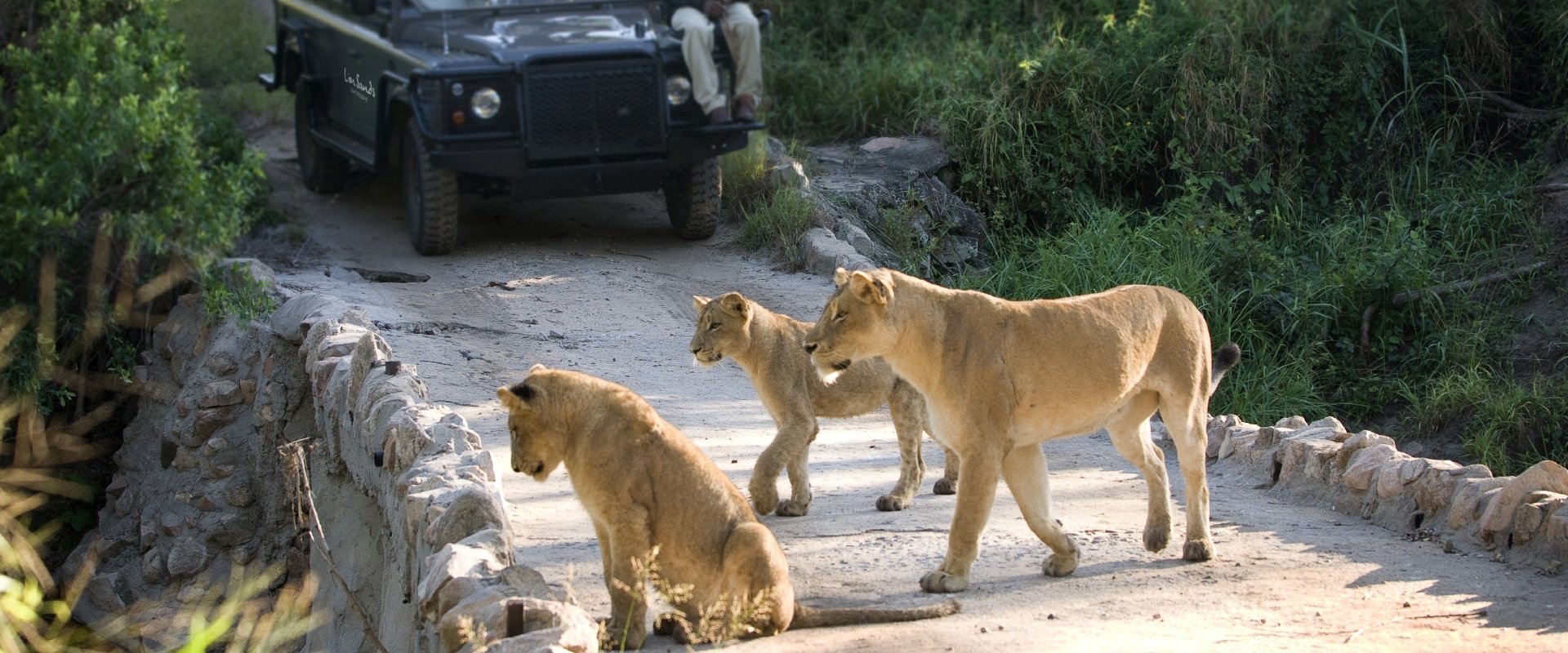
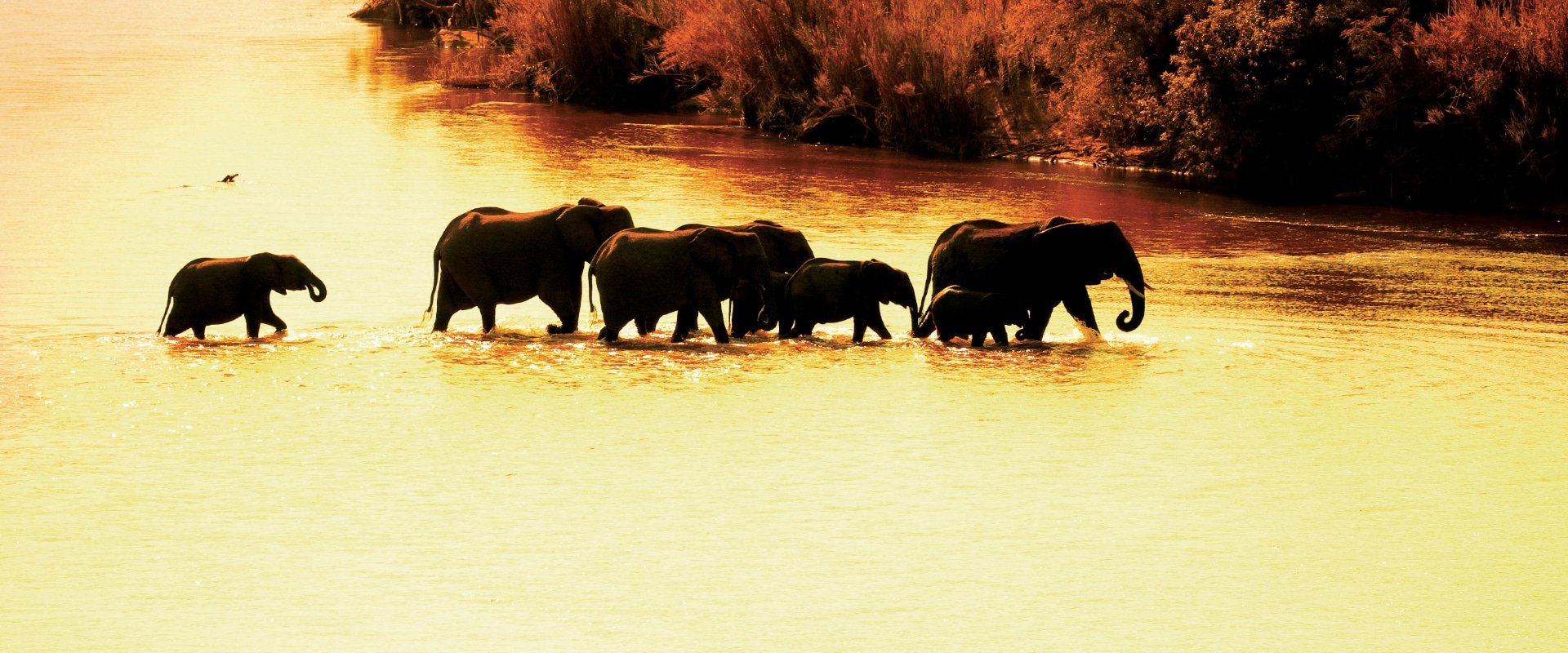
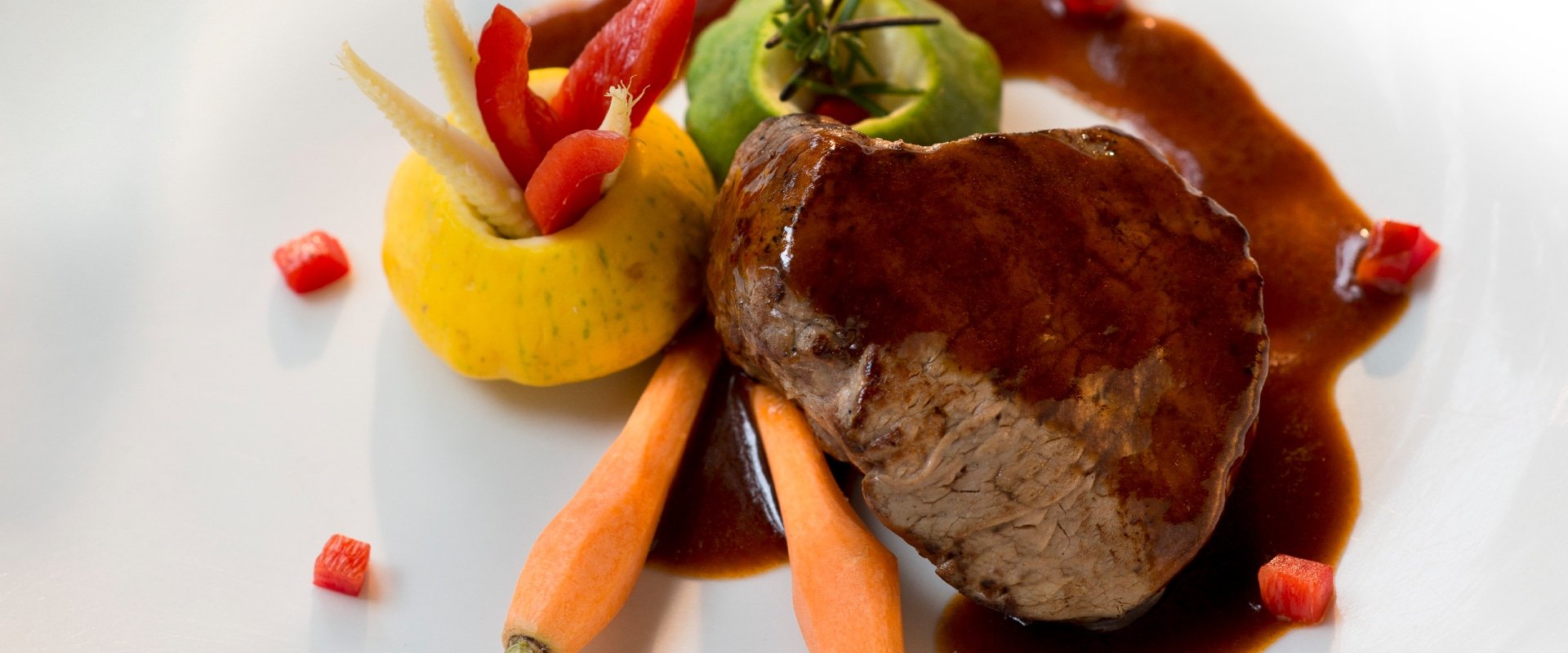
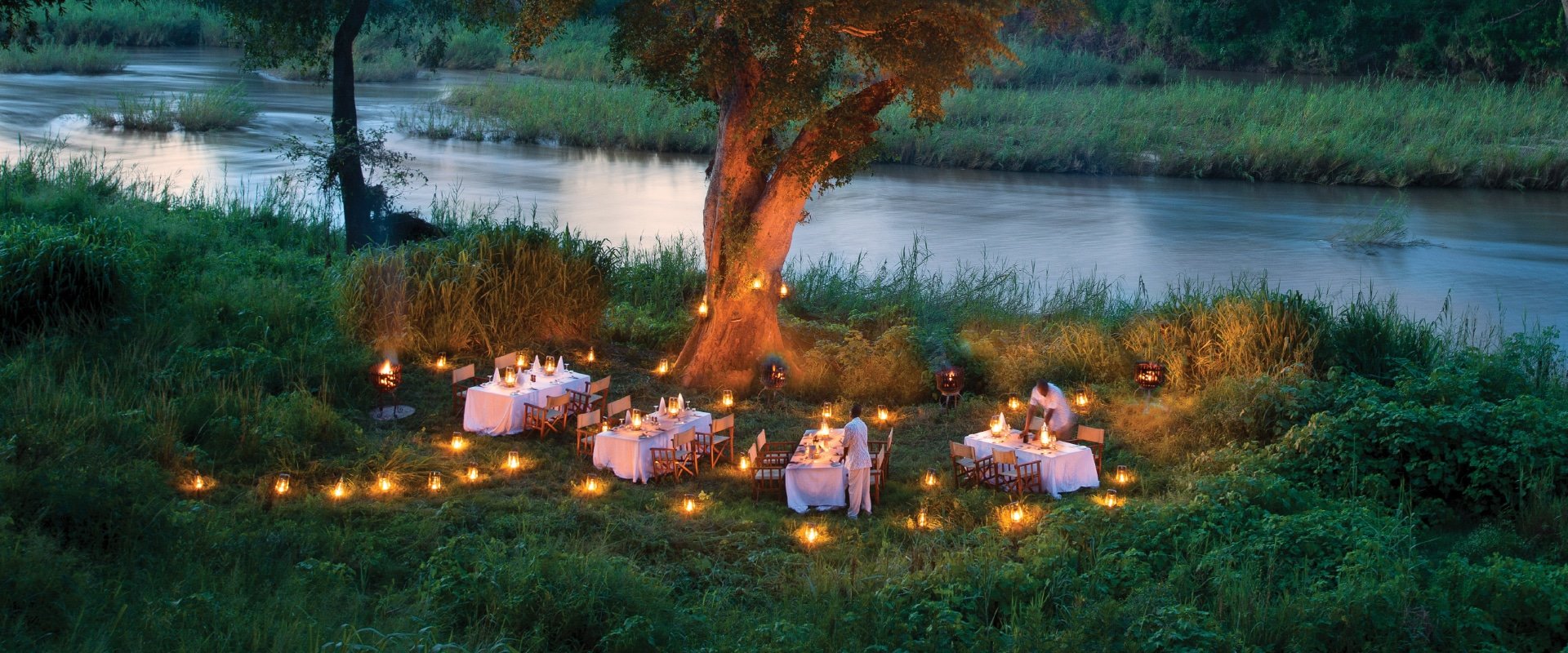
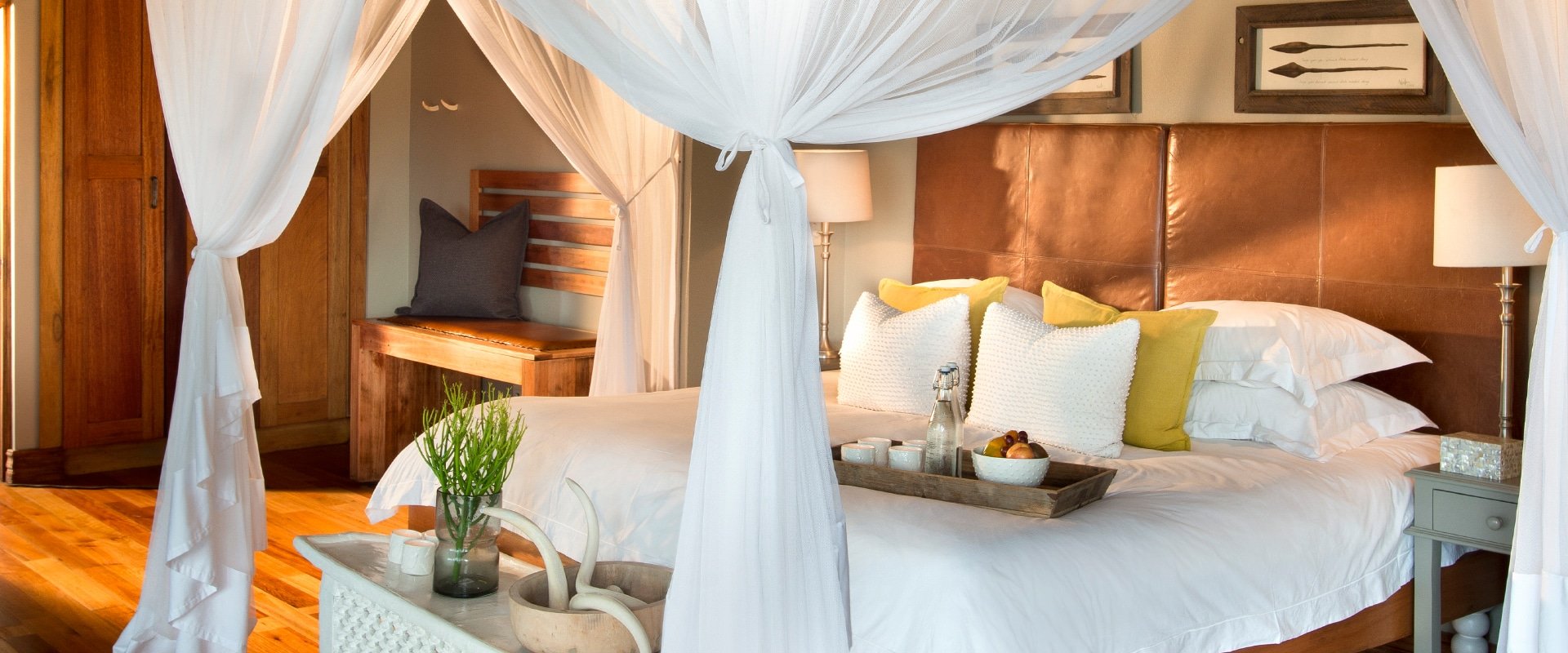
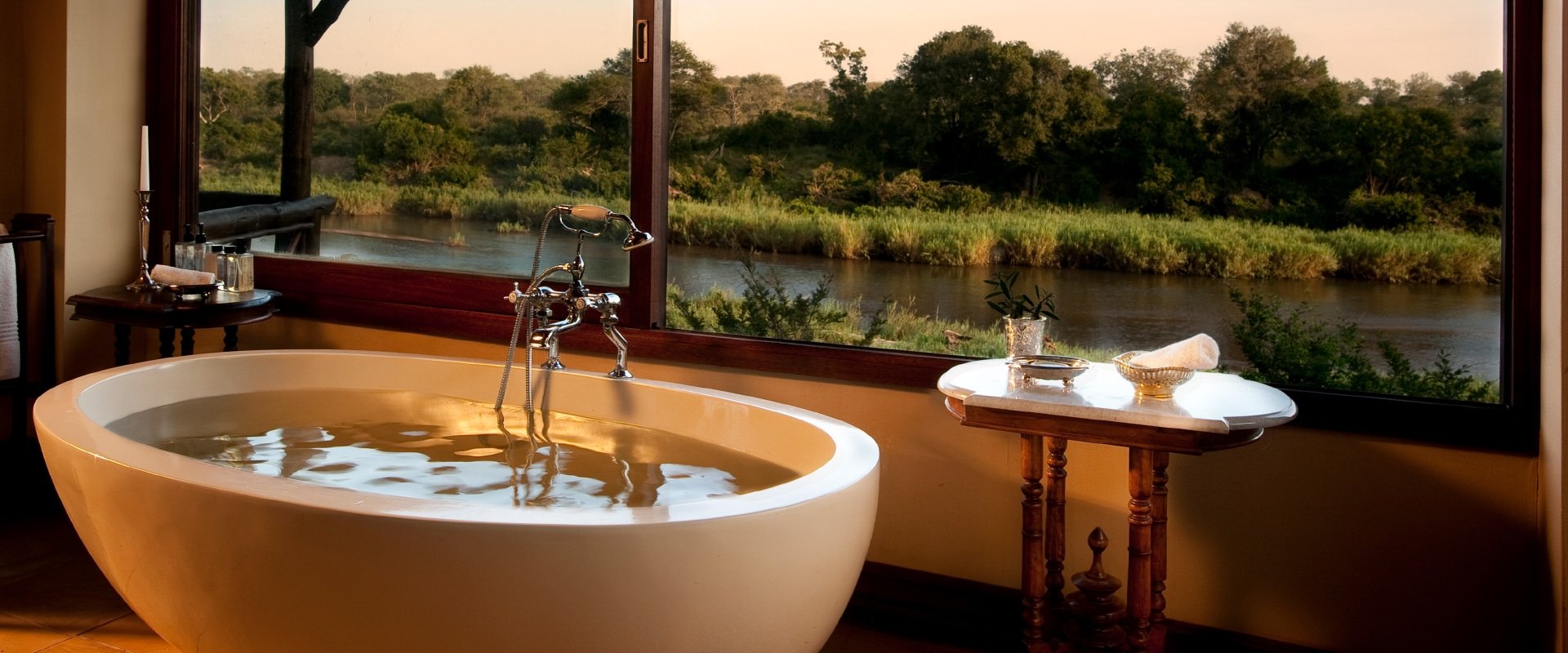
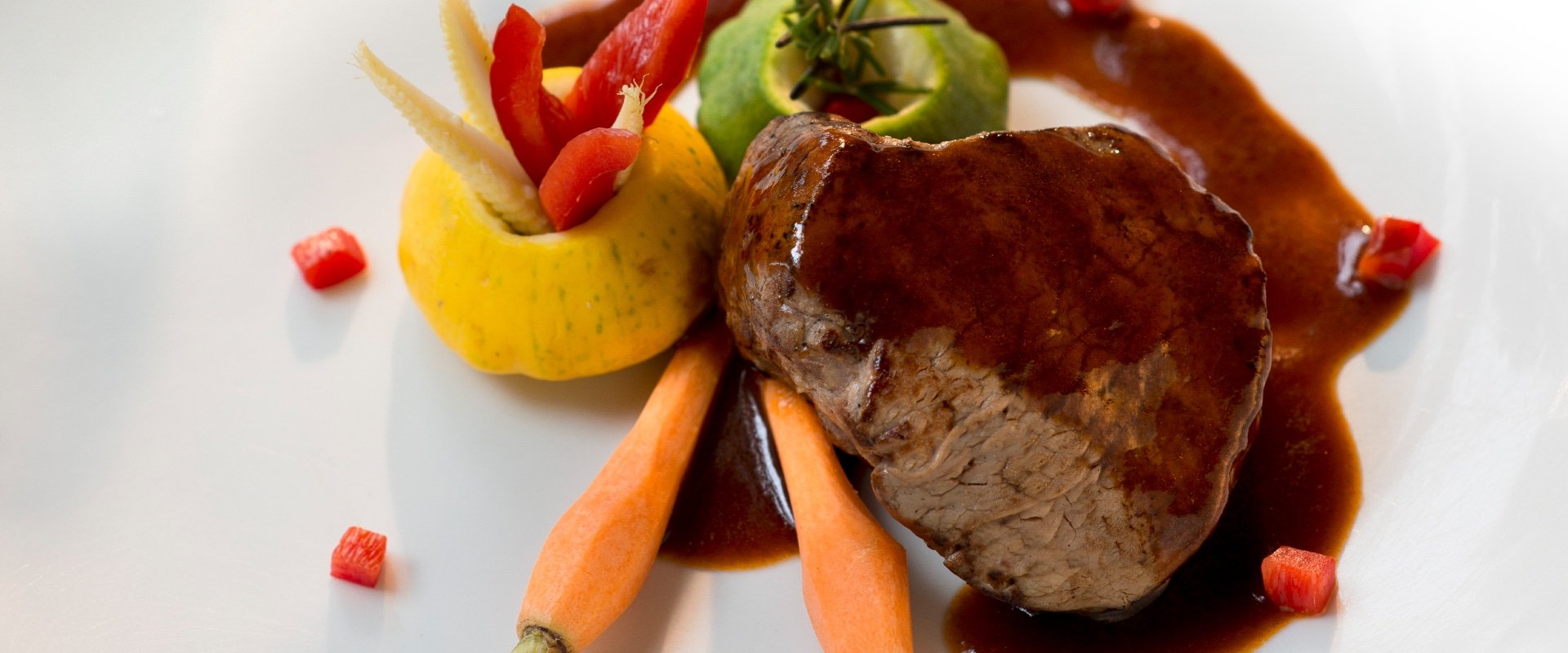
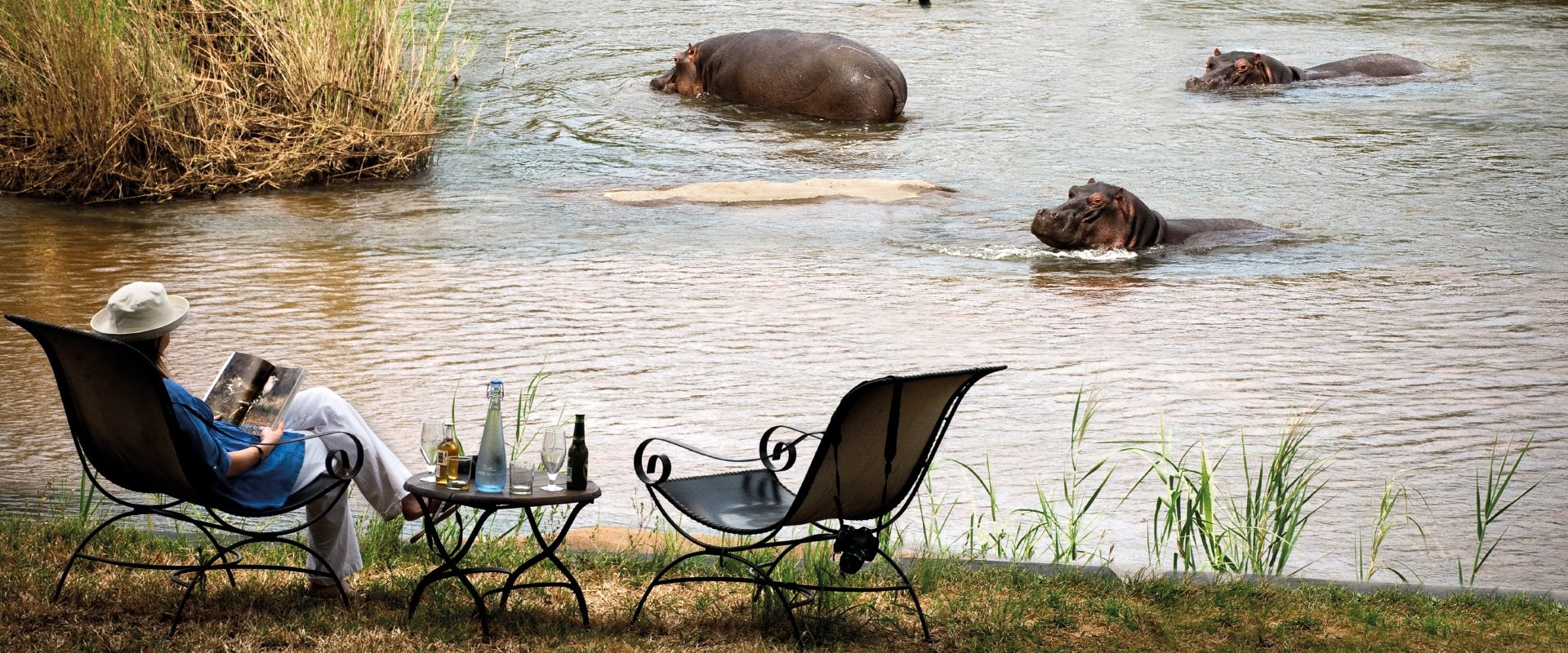
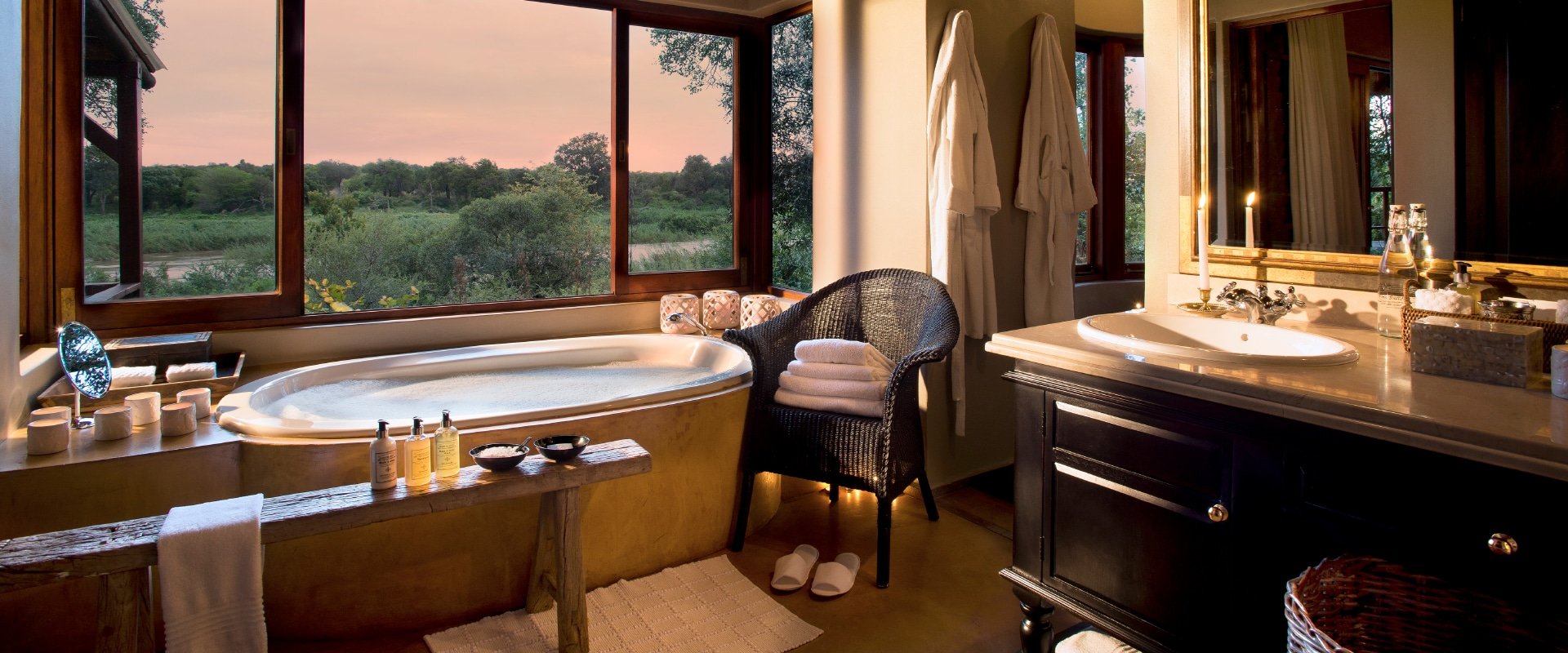
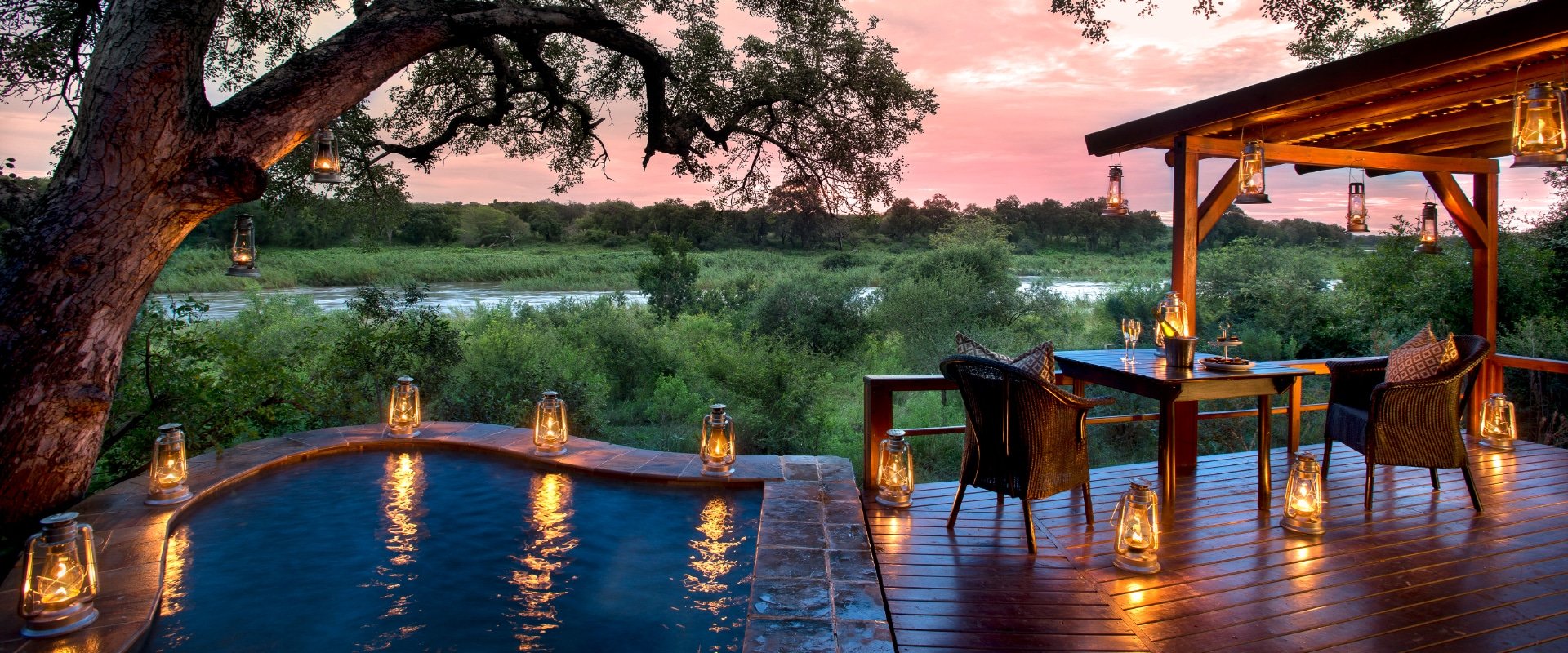
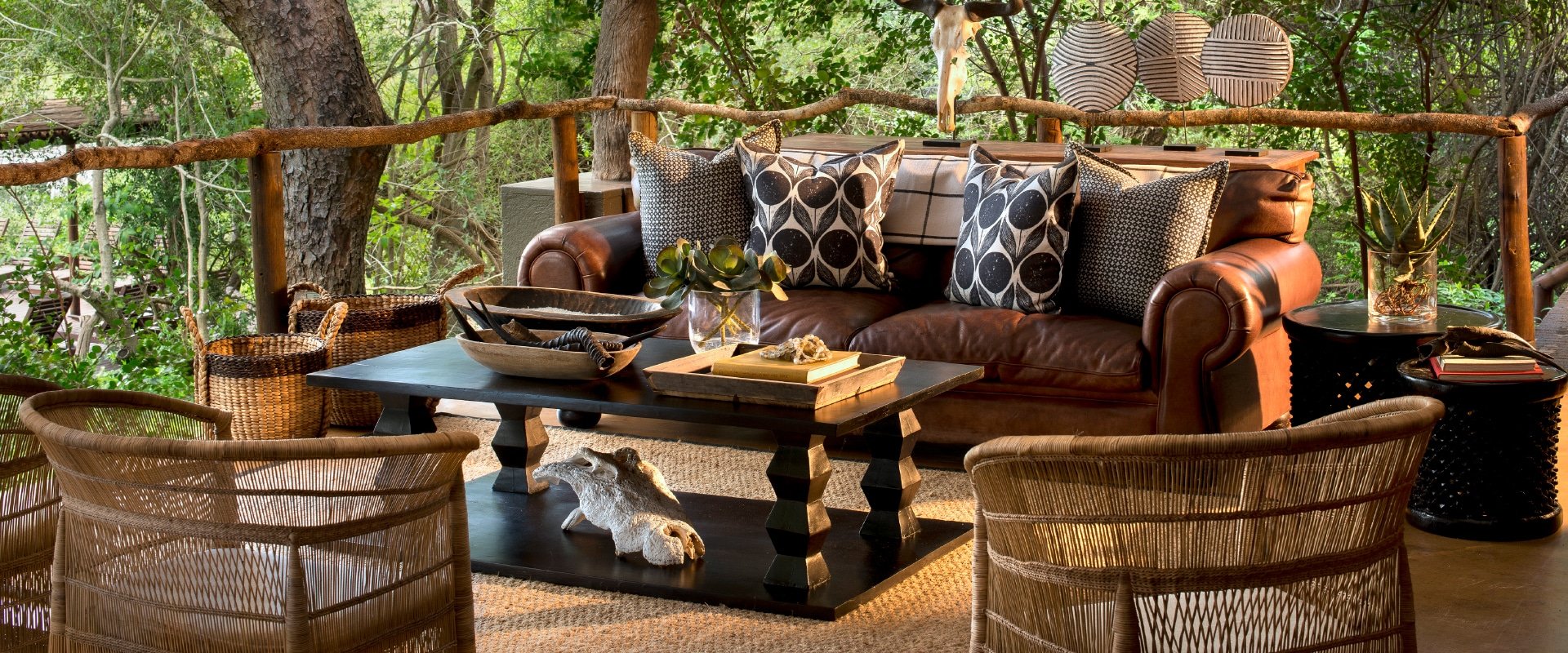
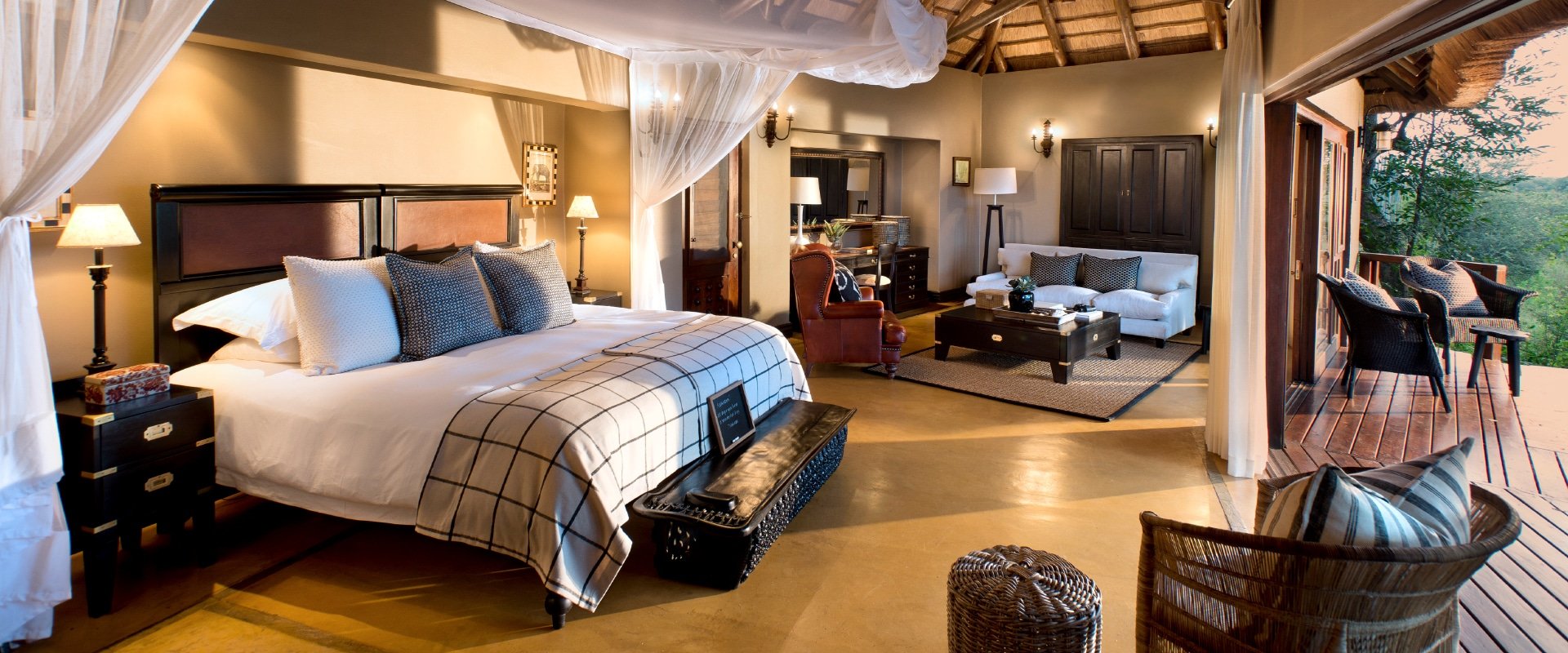
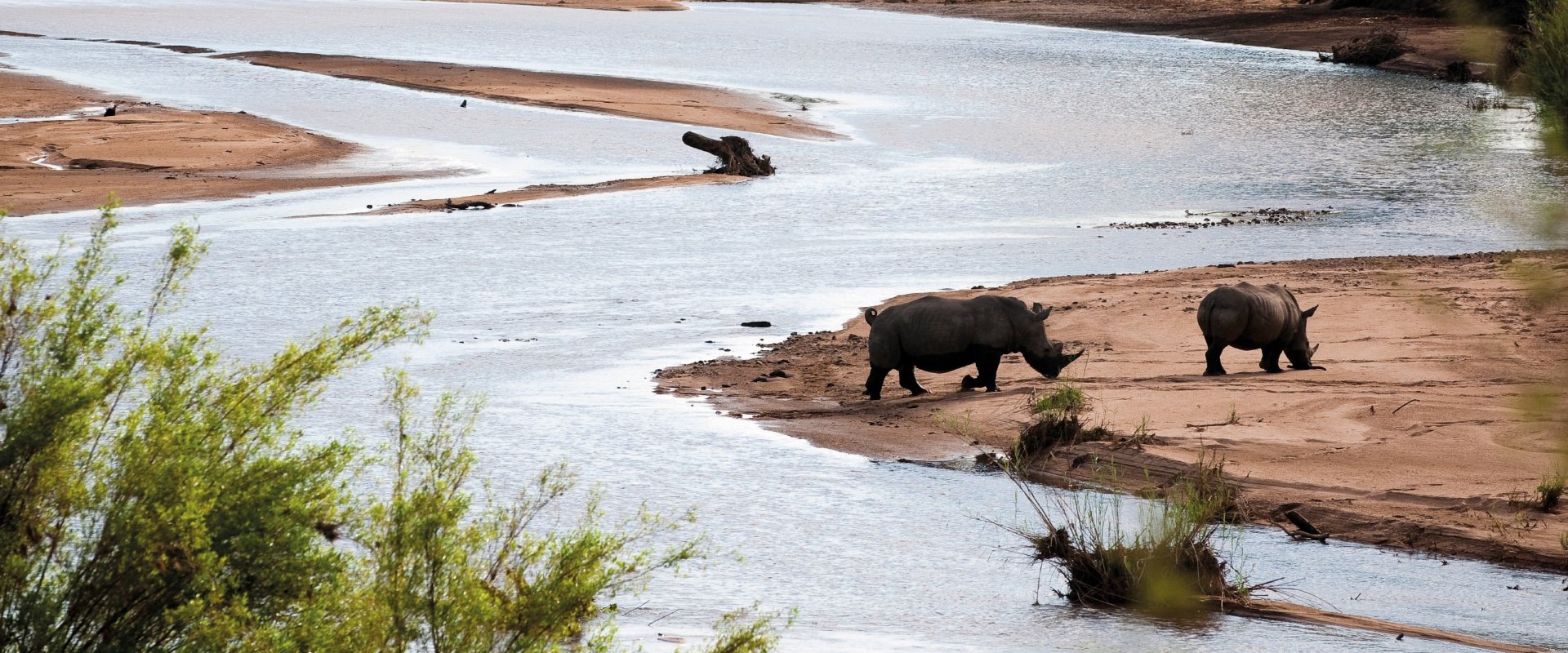
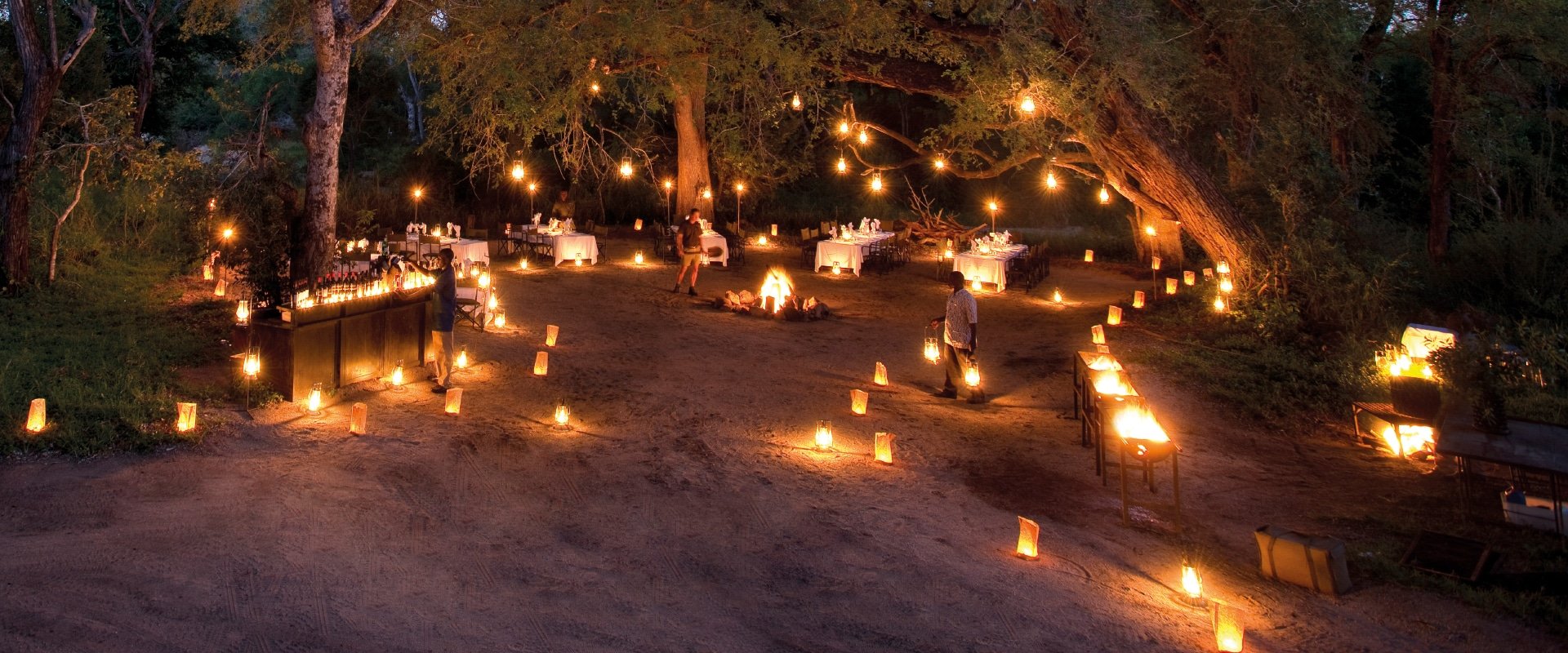
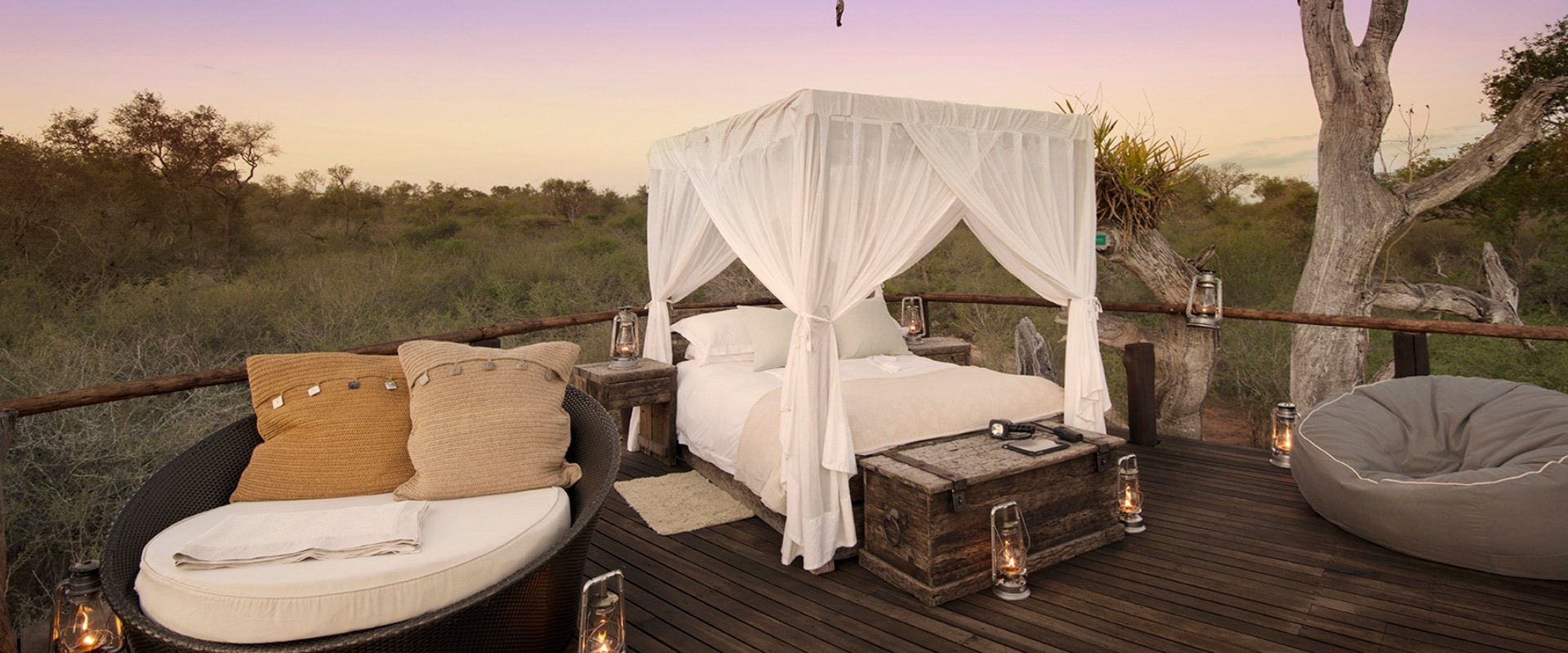
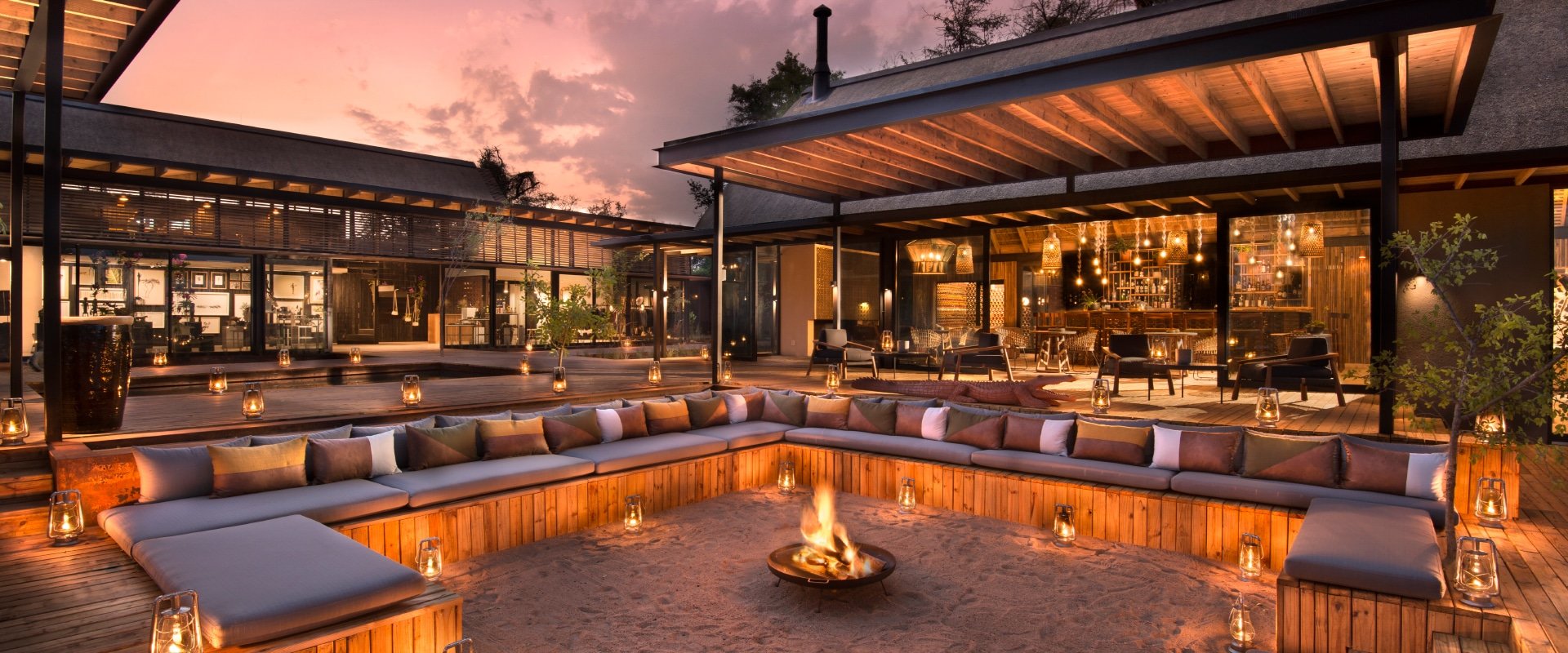
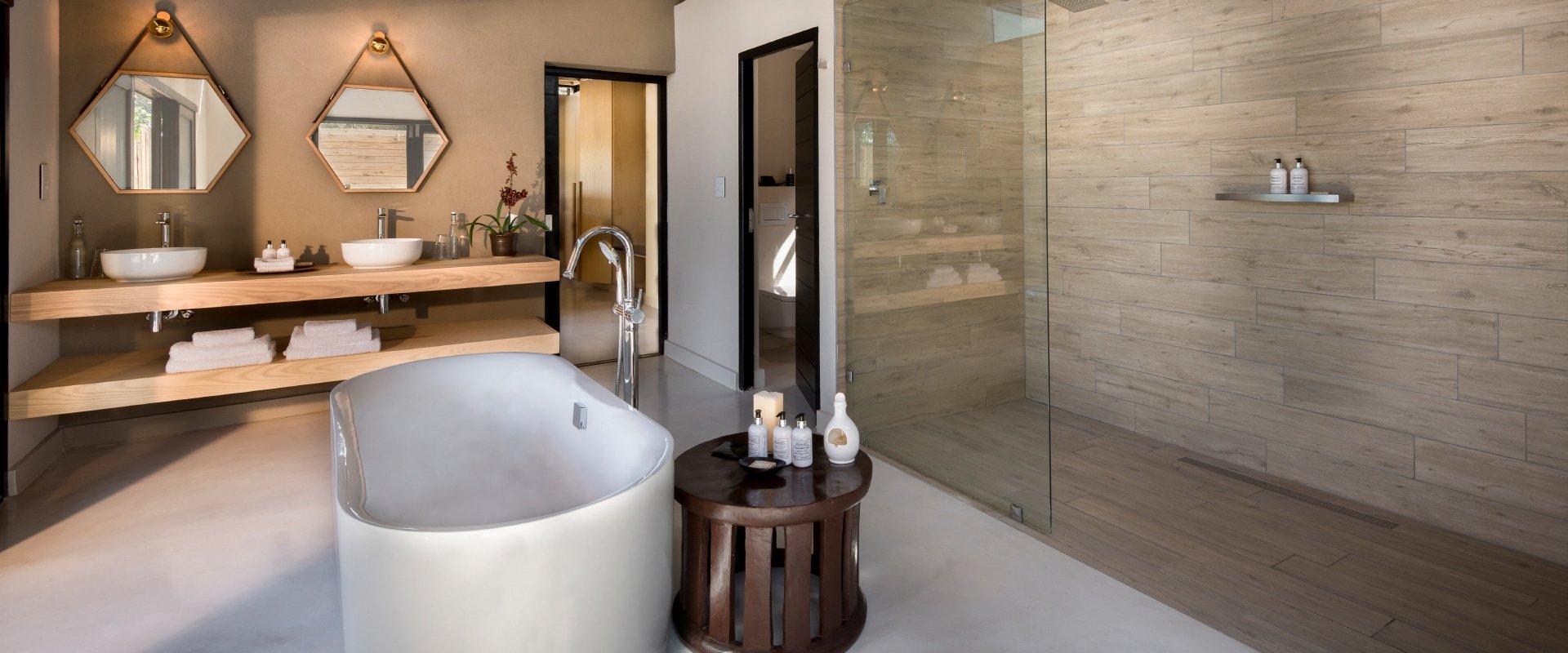
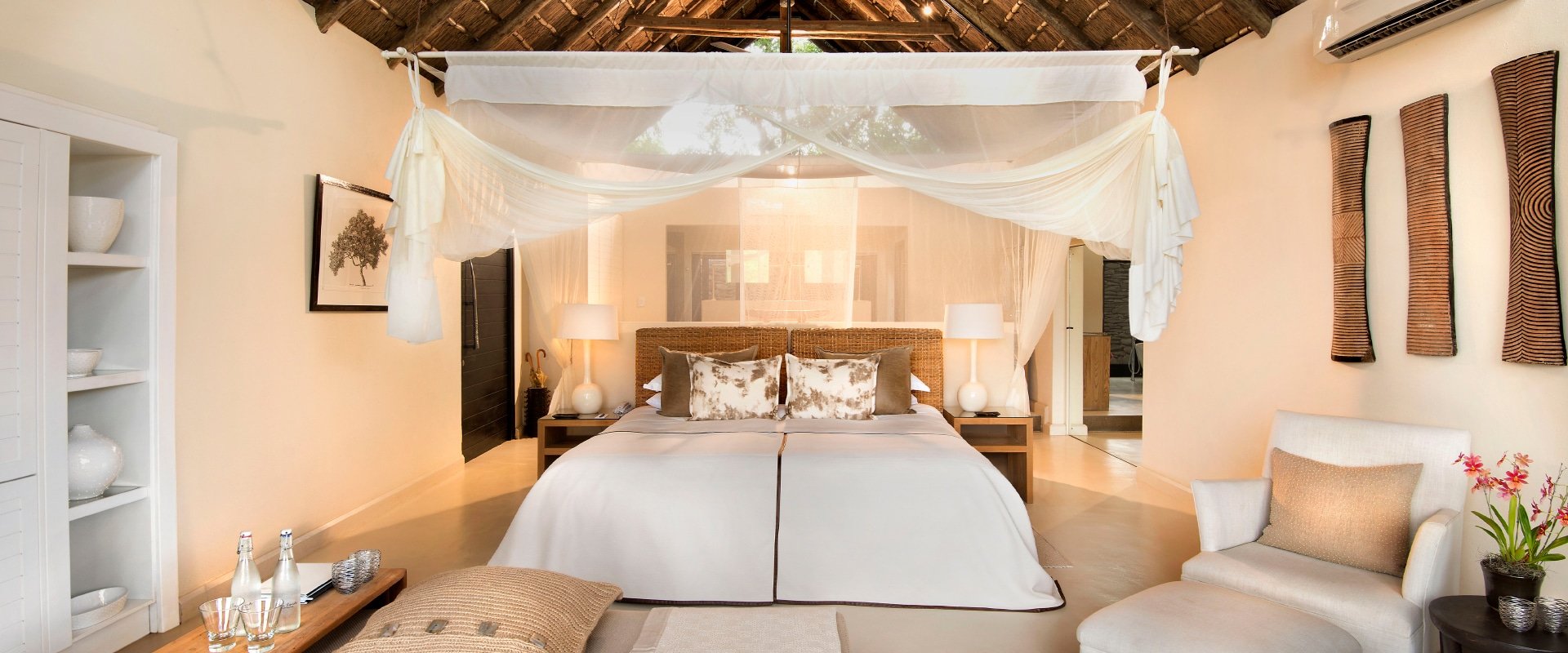
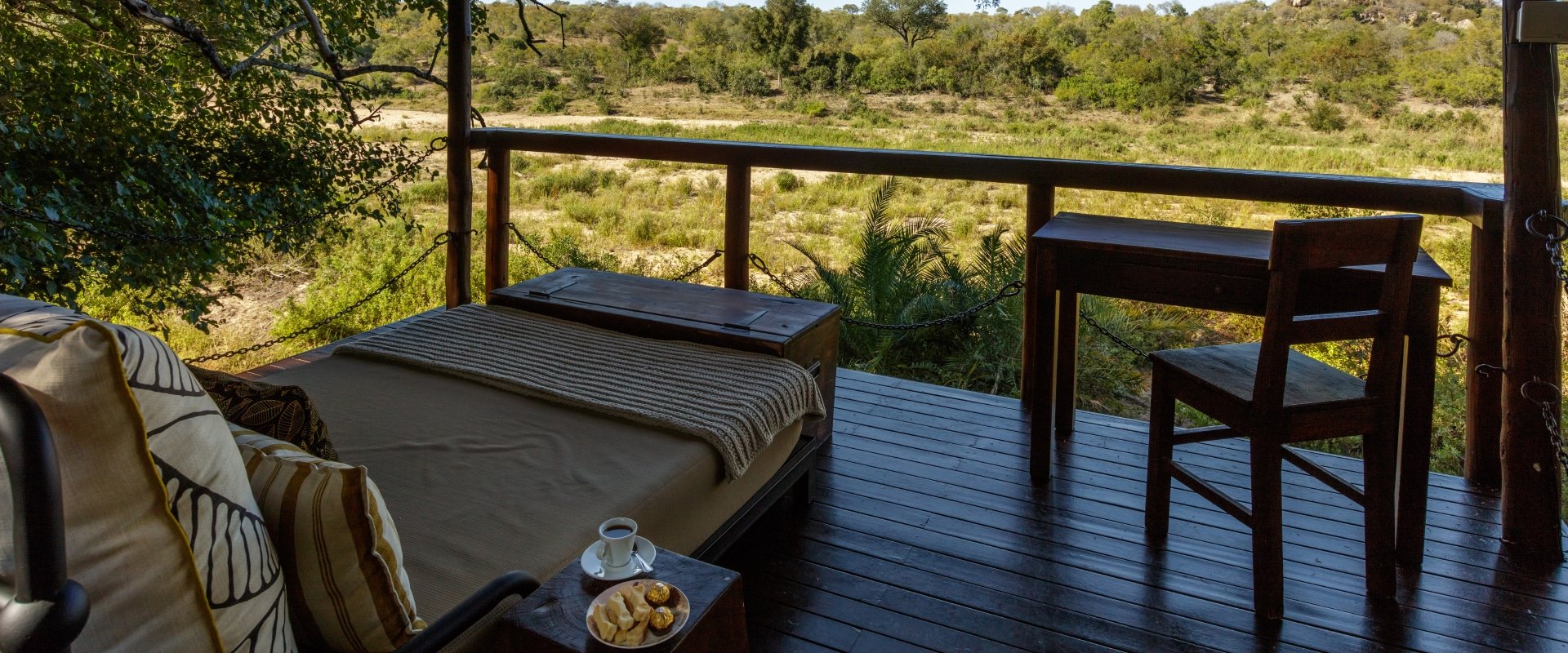

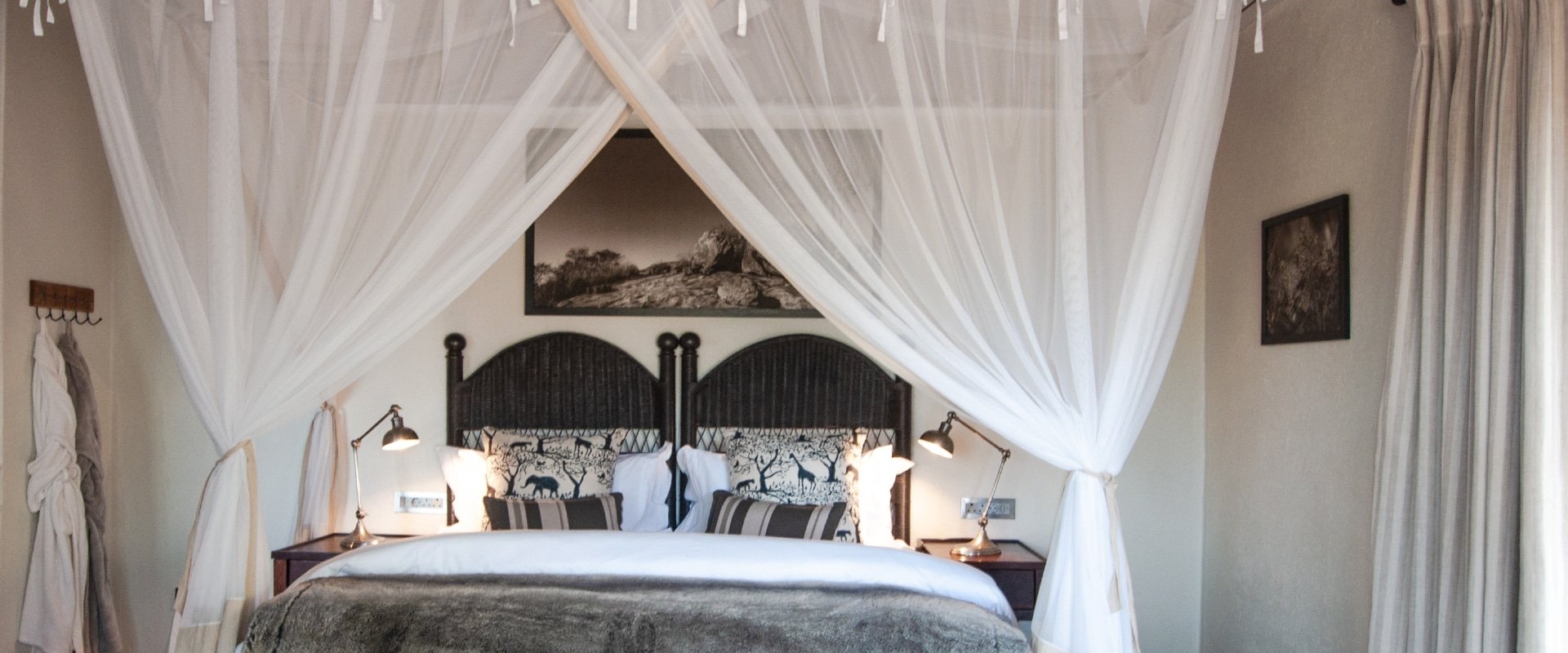

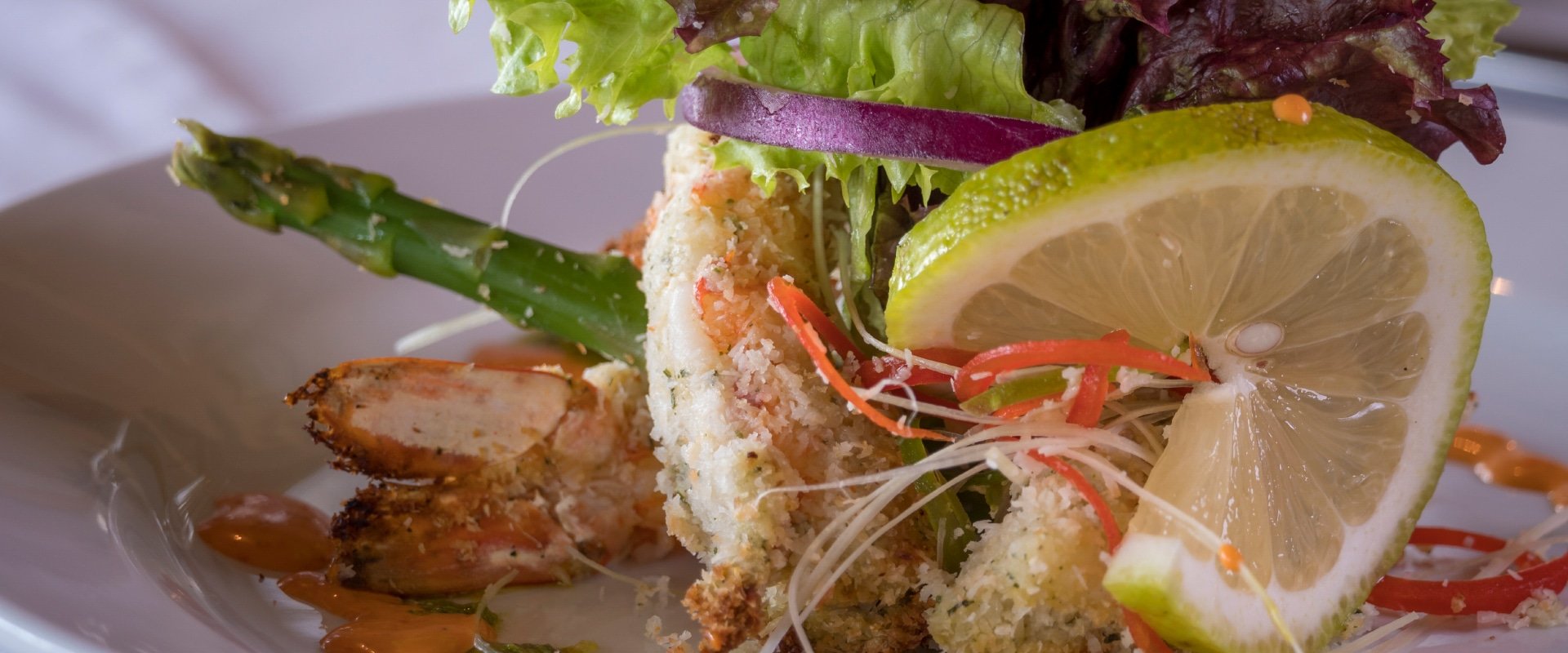
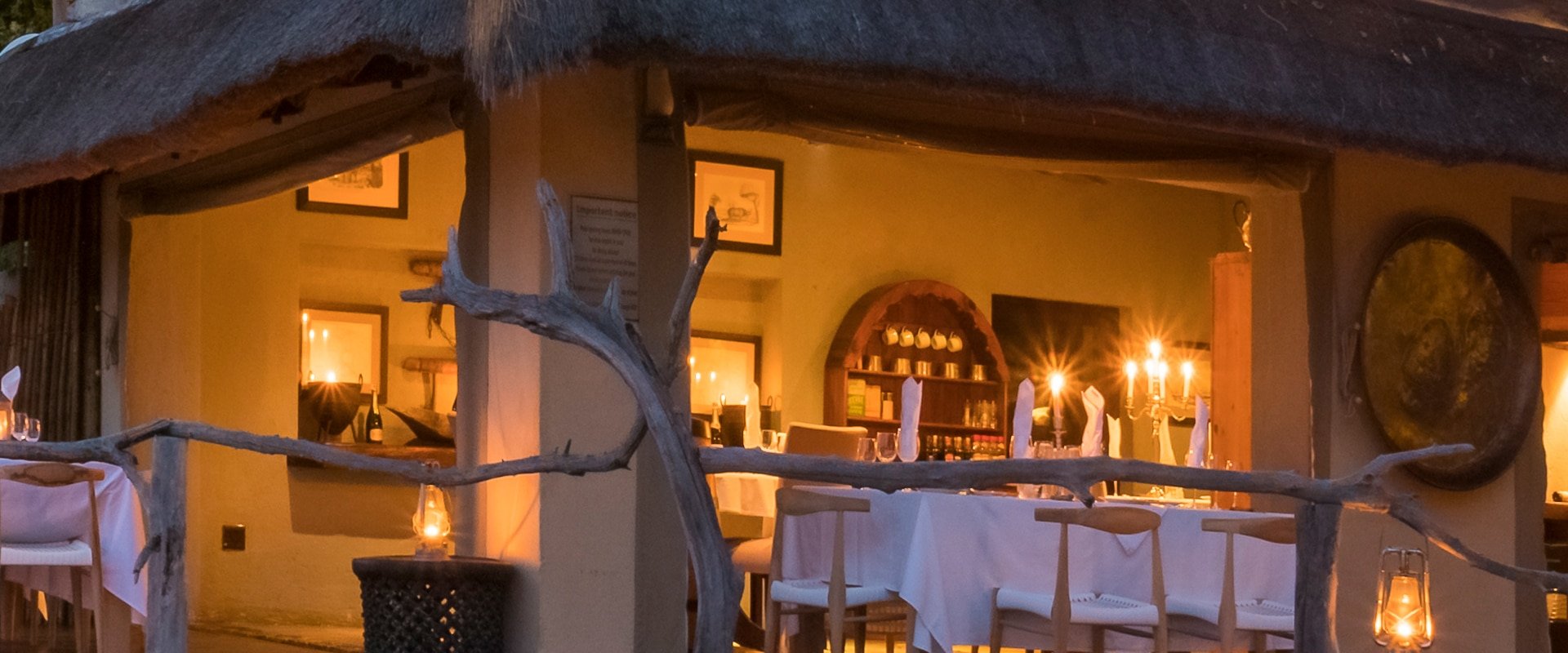
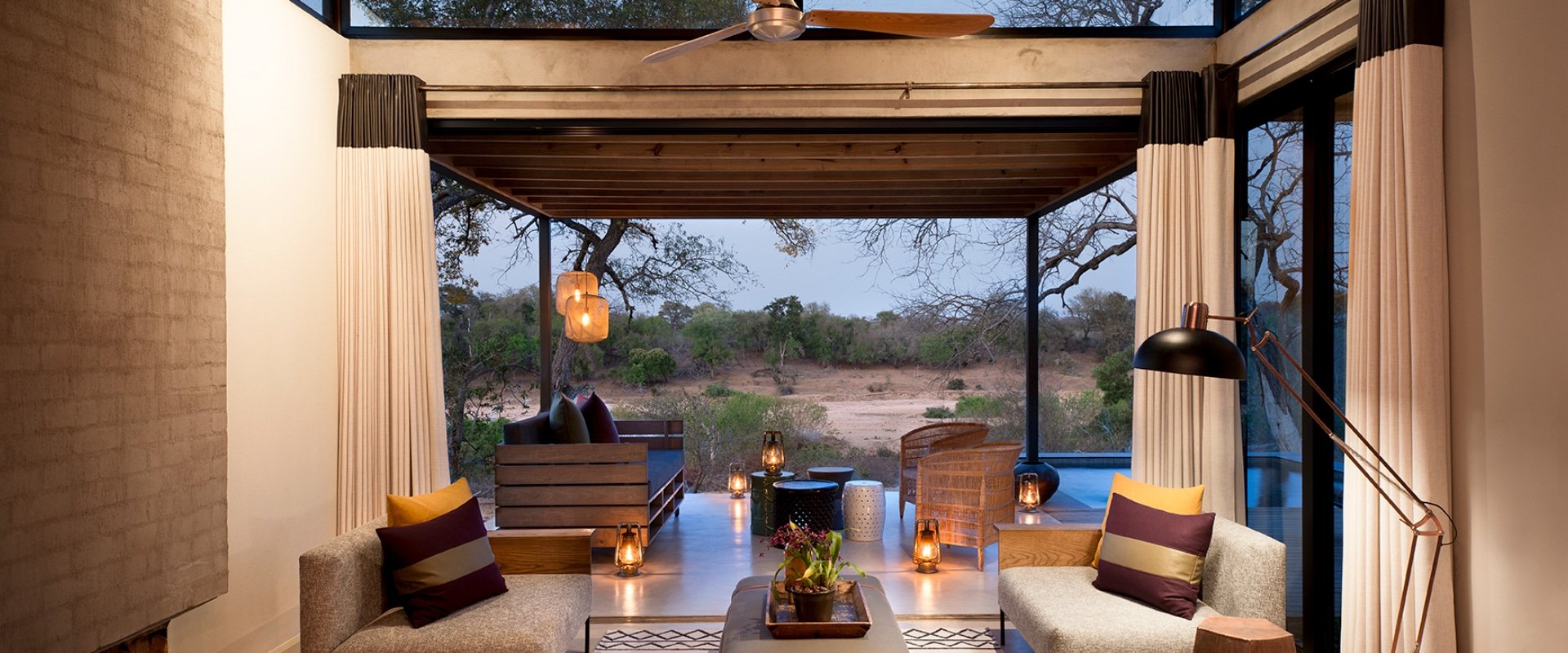

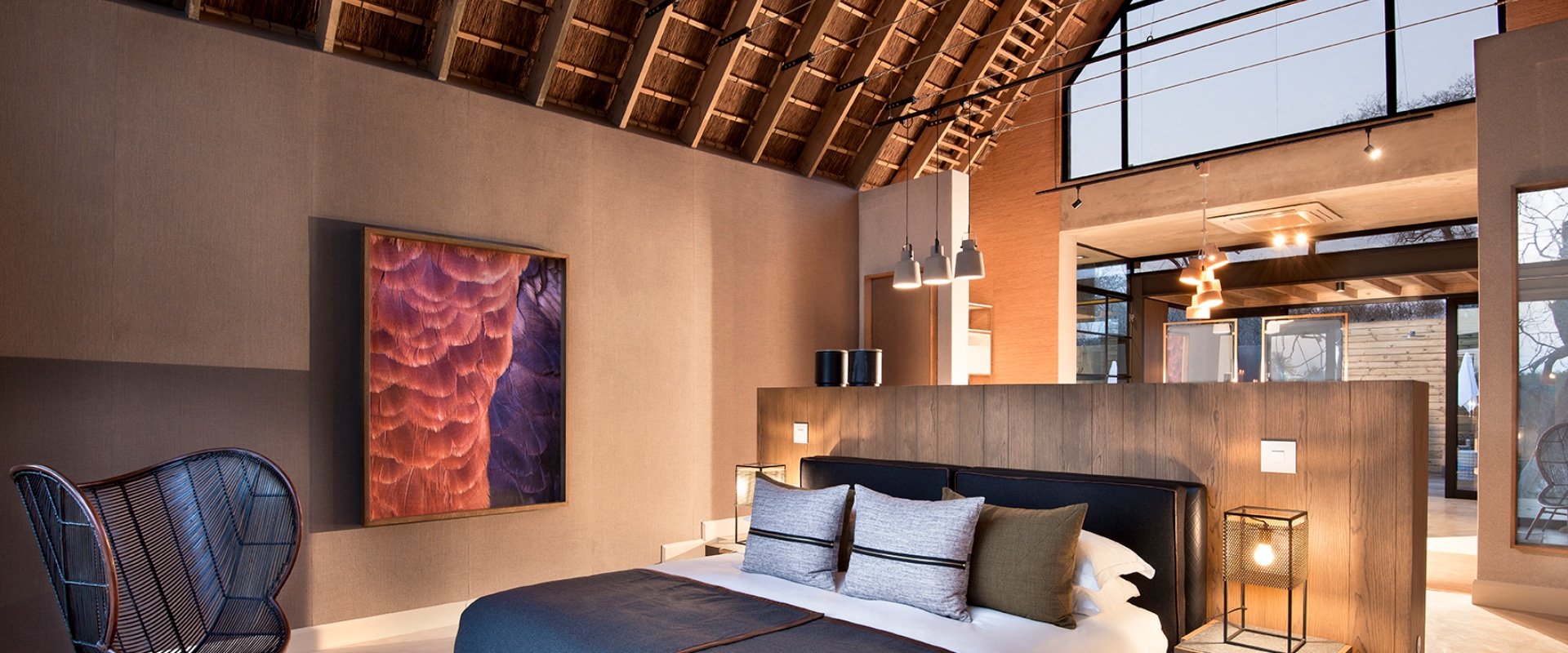
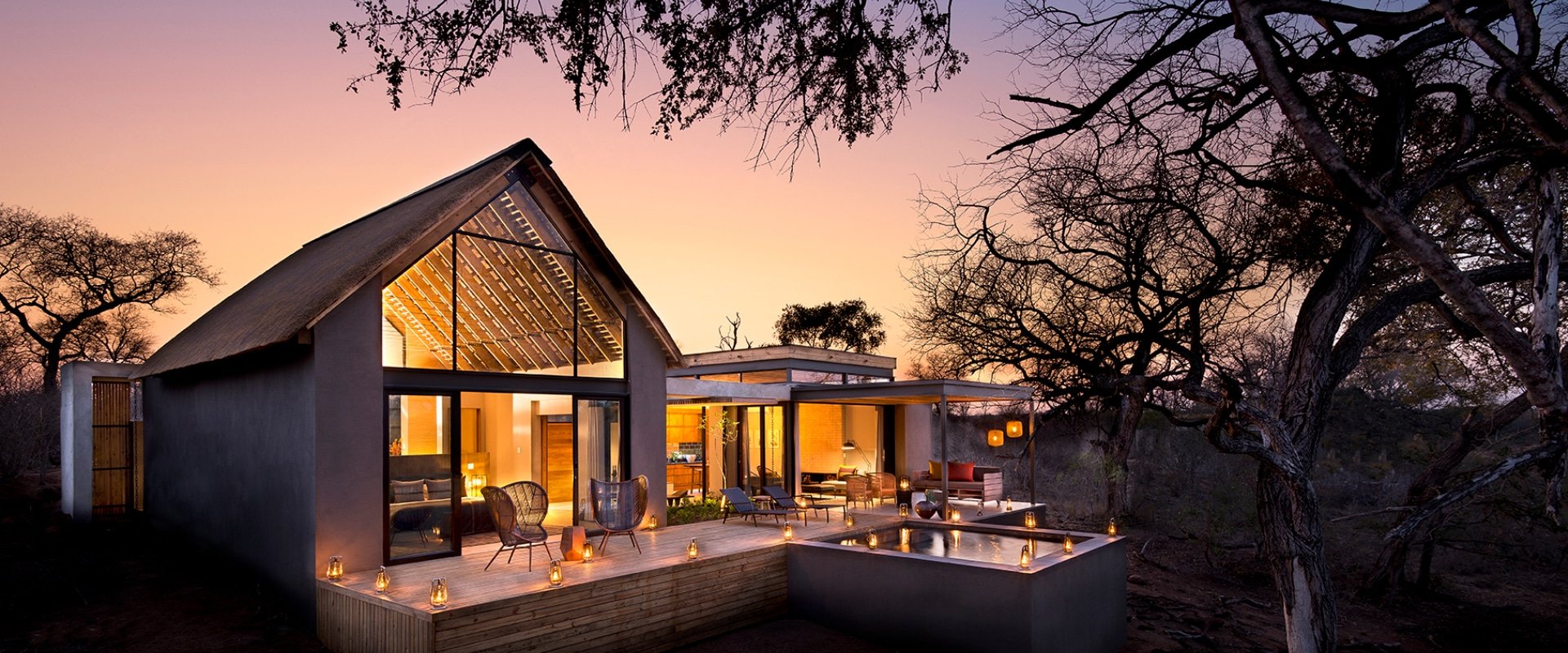

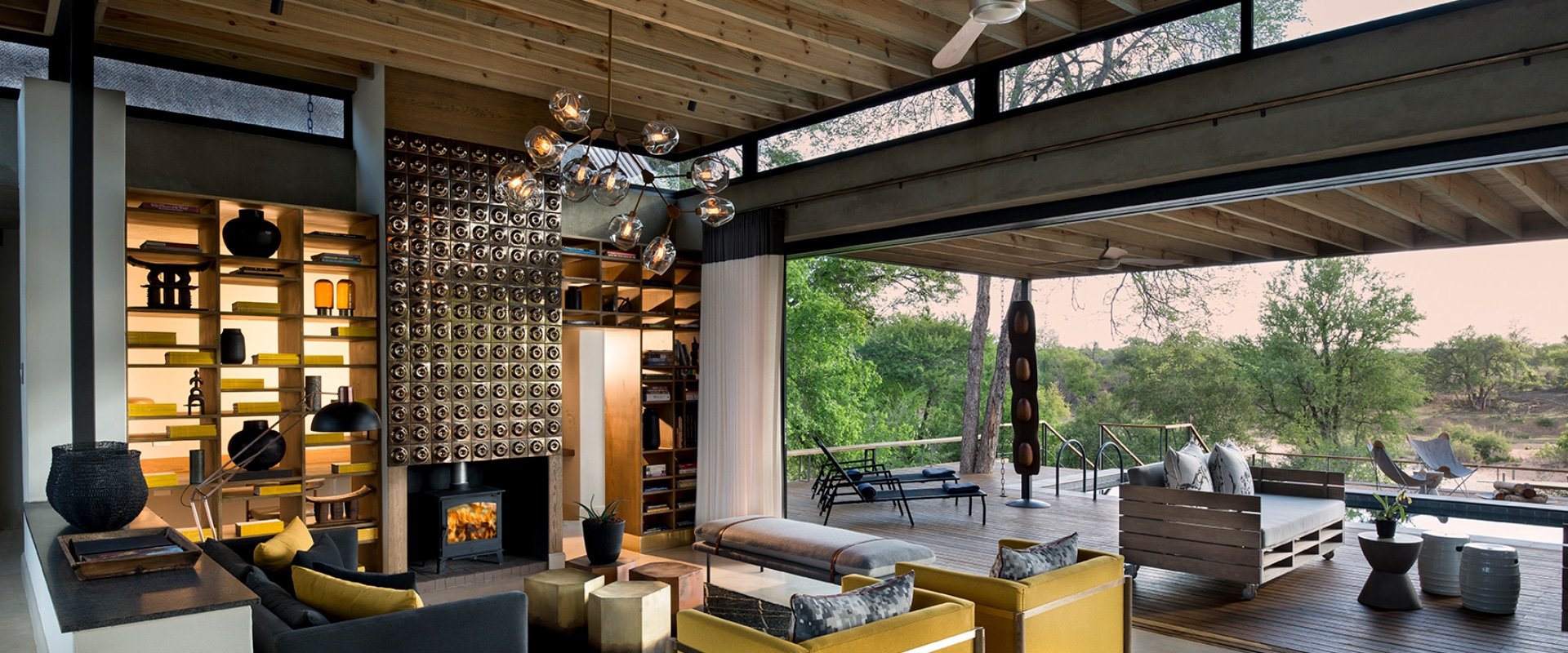

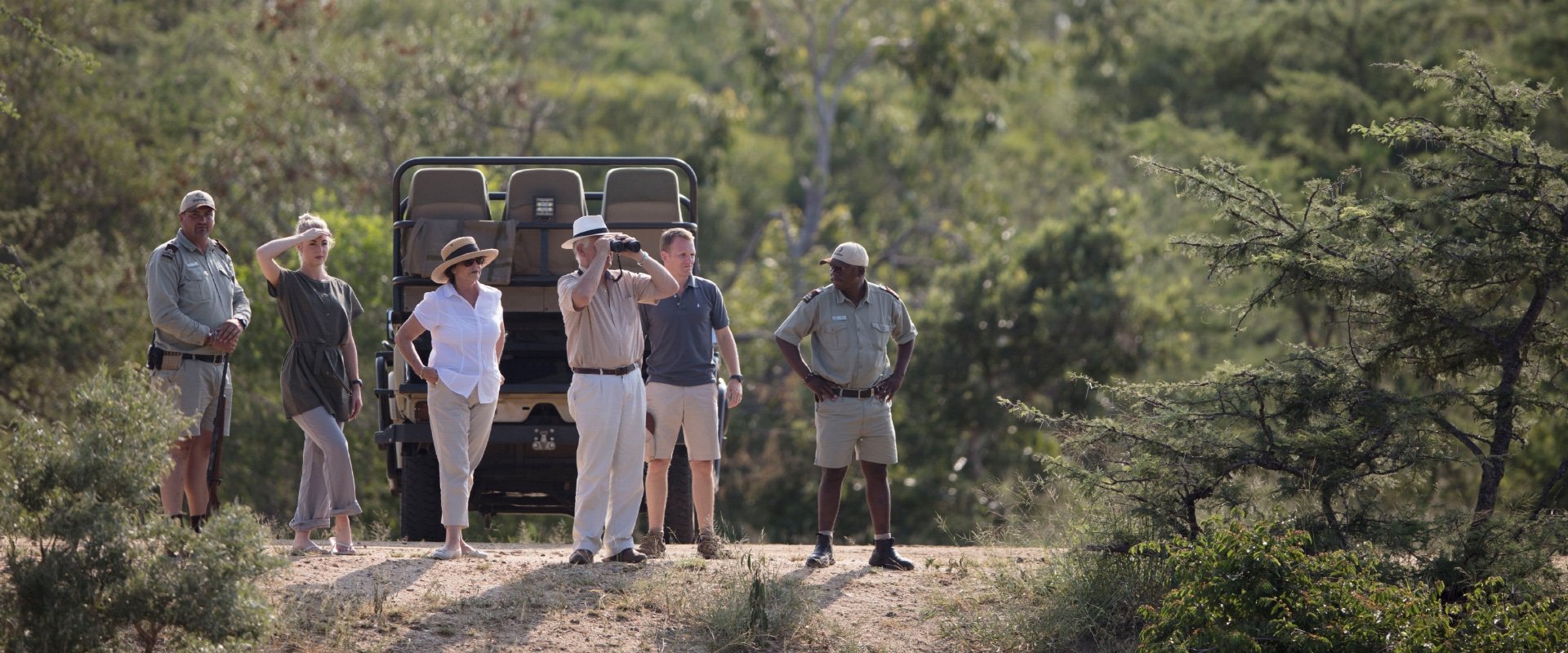
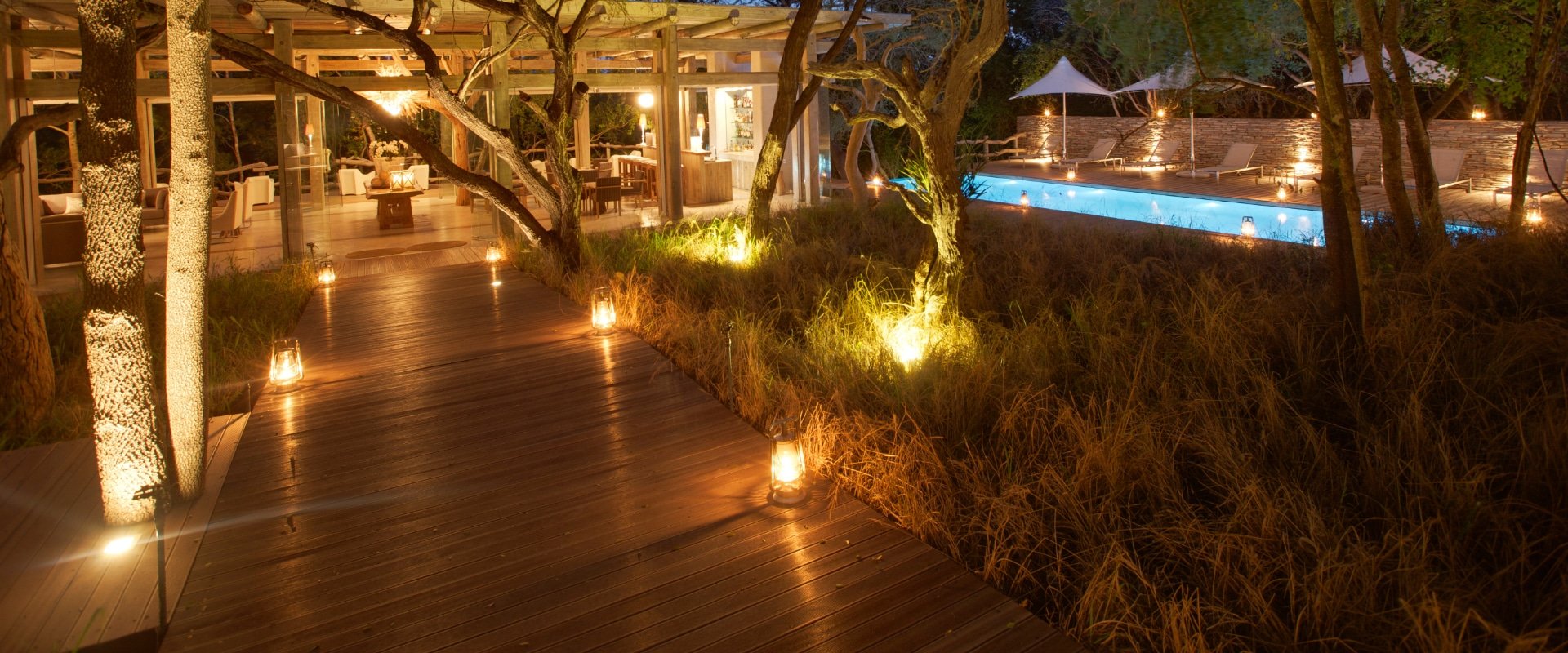
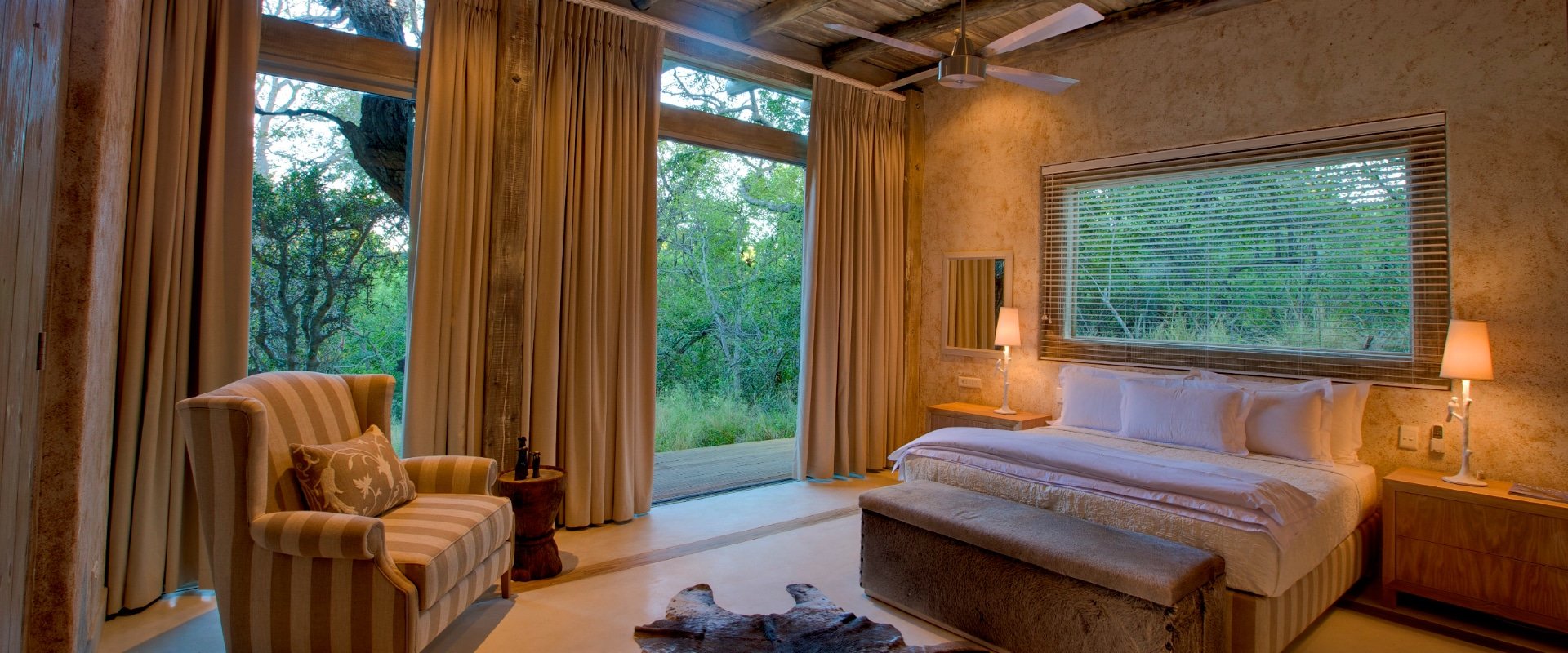
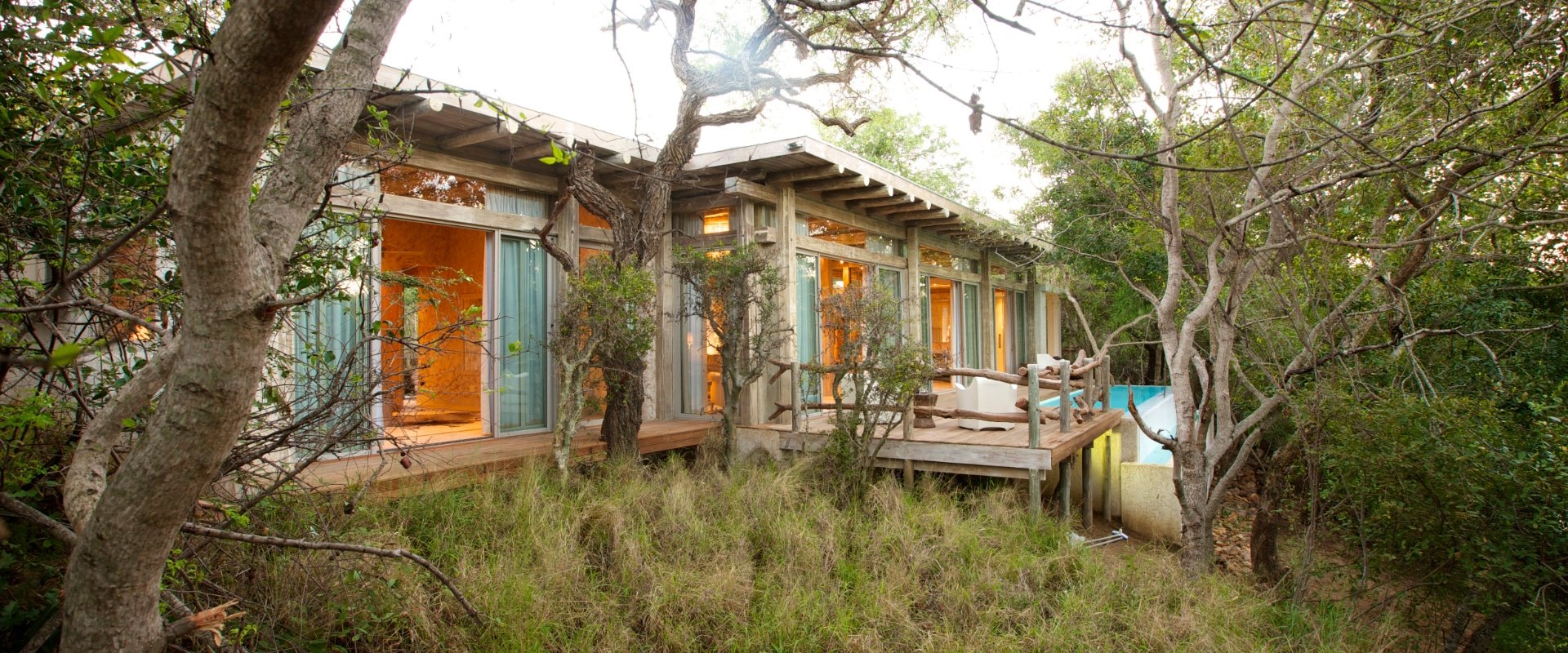

Africa is famous for its wildlife and the favourite Big Five in particular, and it comes as no surprise that the 2 million hectares of diverse animal and plant species found in the world-renowned Kruger National Park is of great interest to local and international nature-lovers.
This land of baobabs, fever trees, knob thorns, marula and mopane stretches 253 km from north to south, and lies along the Mozambique border, with Zimbabwe forming its northern border. The area to the southwest of the park is comprised of several different private concessions called the Greater Kruger National Park. The fences between these concessions and the official Kruger National Park have been removed, to allow game to roam freely over an even bigger conservation area. The landscape is divided into 16 macro eco-zones with approximately 147 mammal, 507 bird, 114 reptile, 34 amphibian, 49 fish and 336 tree species, making it a premier game-viewing location.
In addition to grand sightings, a safari treats all other senses. The smell of nature is a delicate blend of veld and flower, dust and early-morning mist. Enjoy a game drive or a walking activity led by expert guides while gaining a deep understanding of species’ behaviour while they move freely in their own environment. It is exhilarating to hear the cracking of dry branches as an elephant herd moves through the trees, while waiting in anticipation for it to emerge. Feel the warm African sun on your body on an open safari vehicle and watch with fascination as the dung beetles execute their peculiar jobs with care. At night, while gathered around a campfire, you might hear the roar of a lion in the distance.